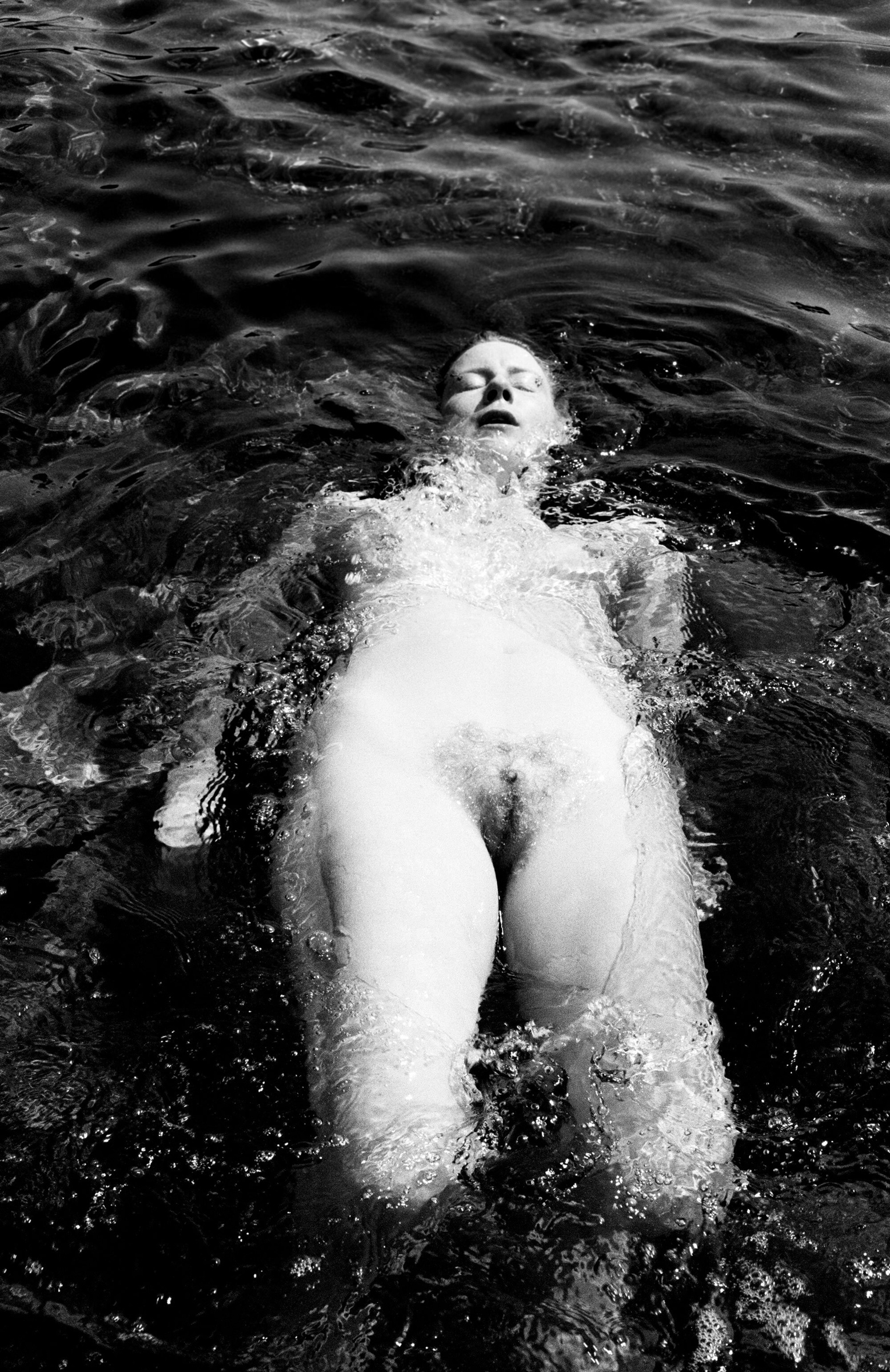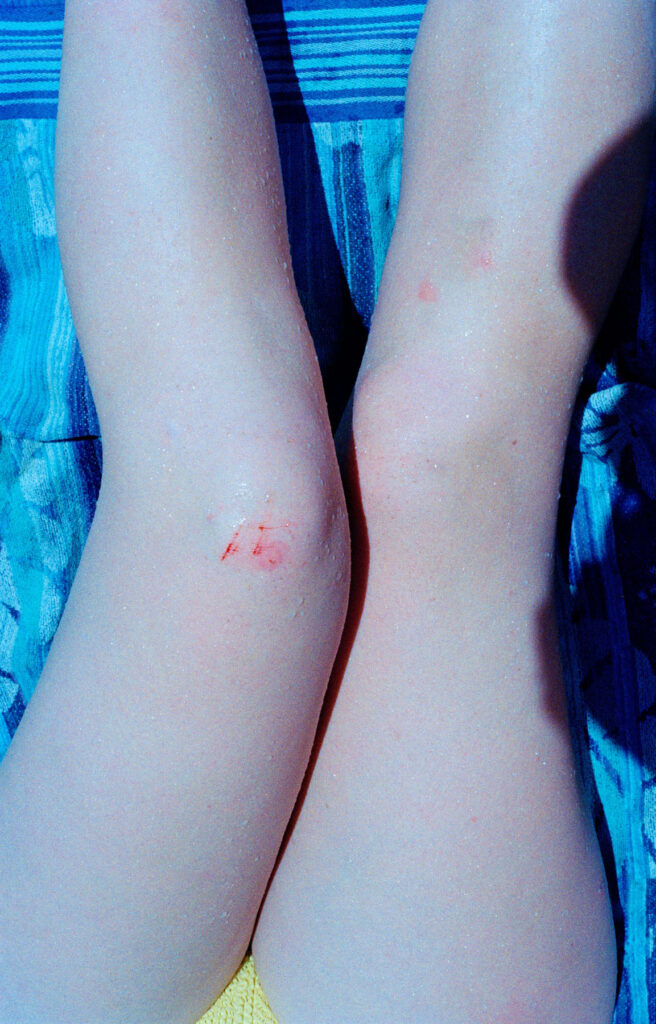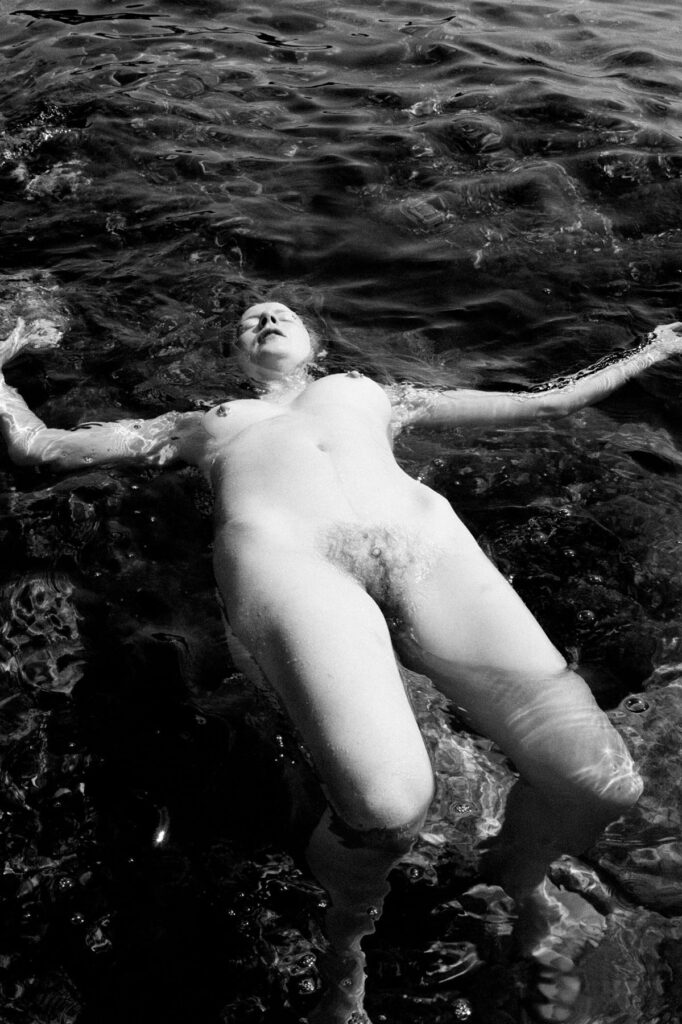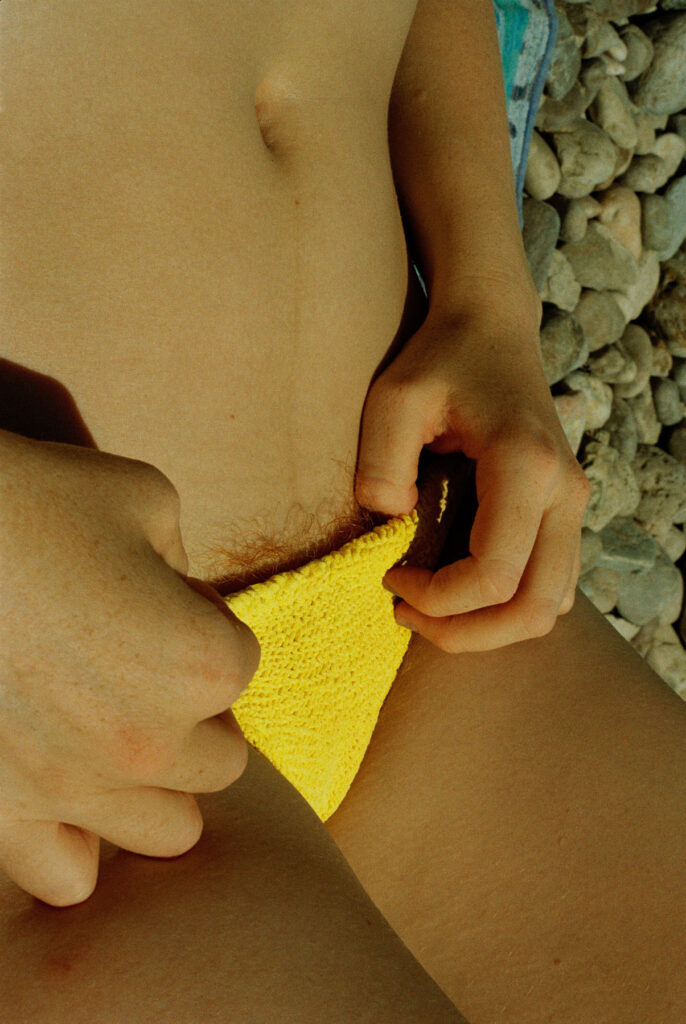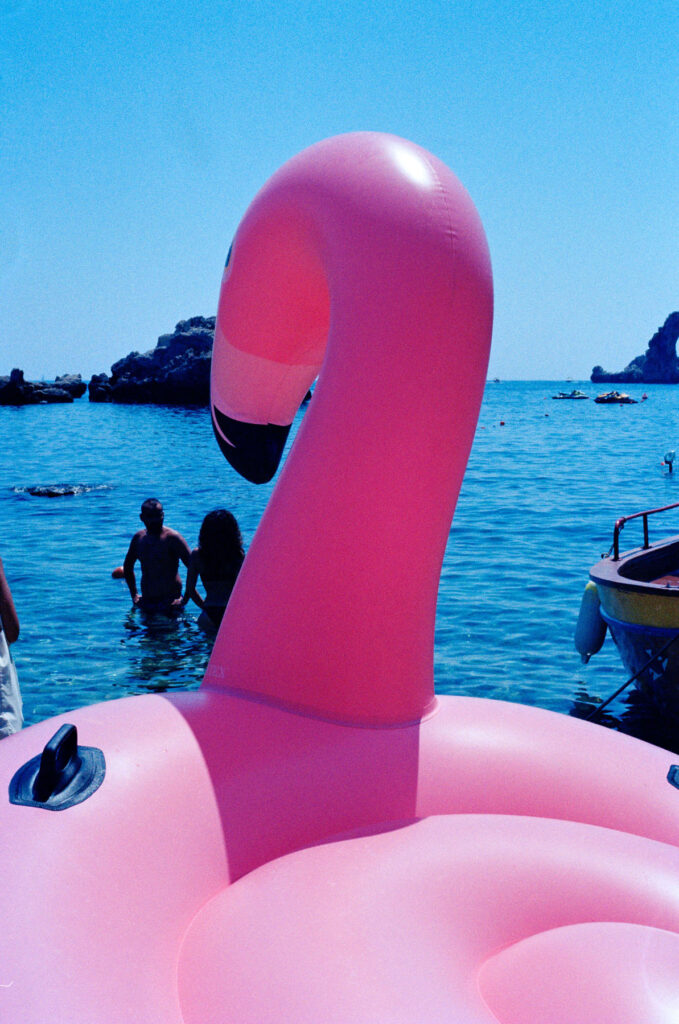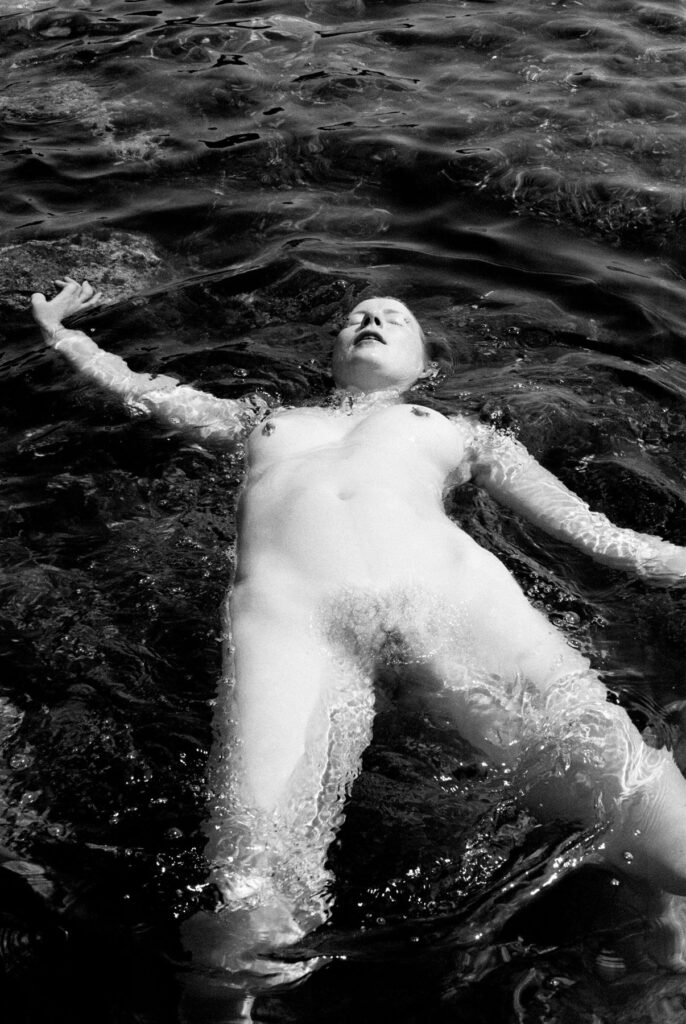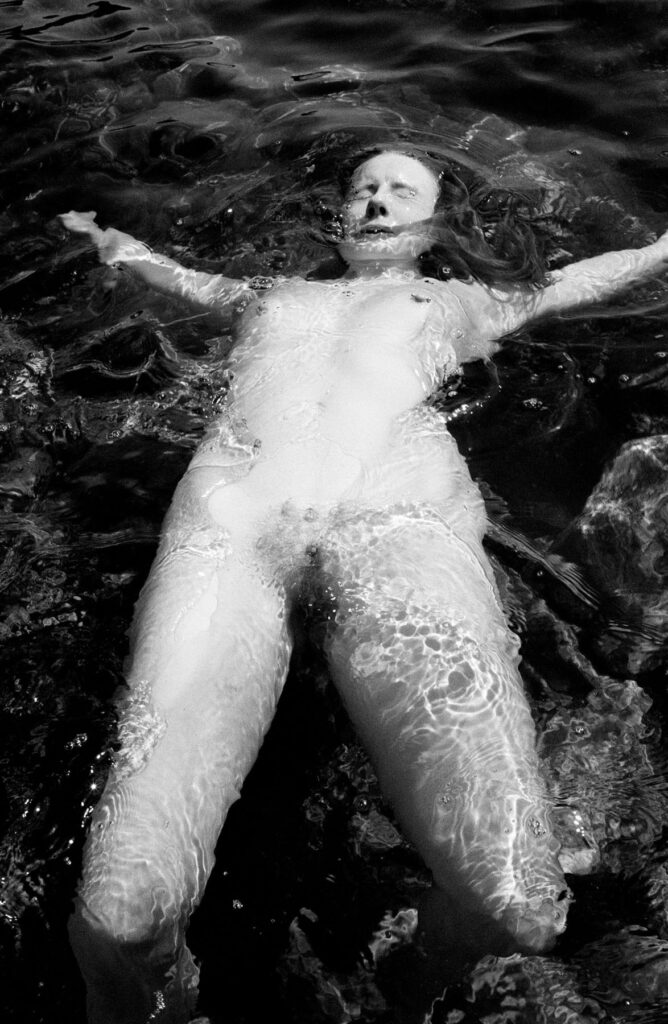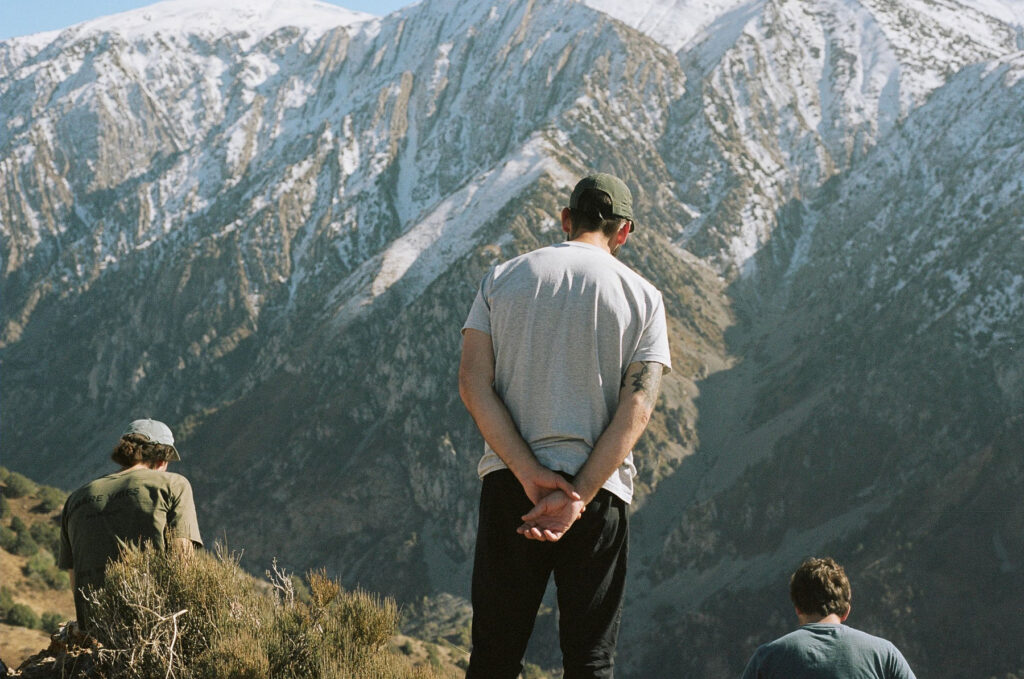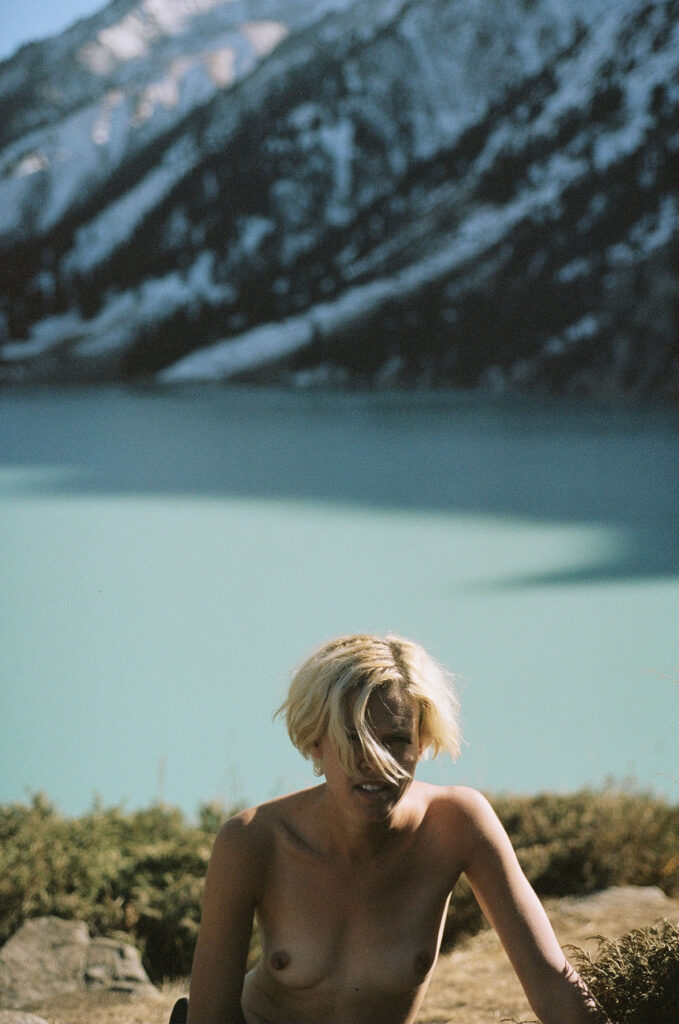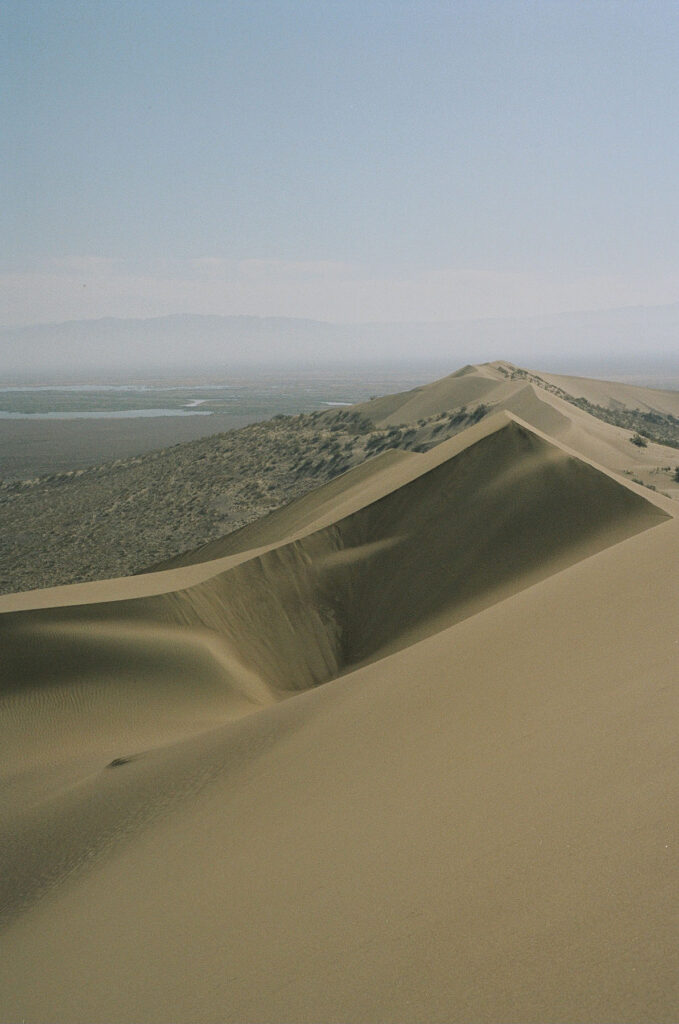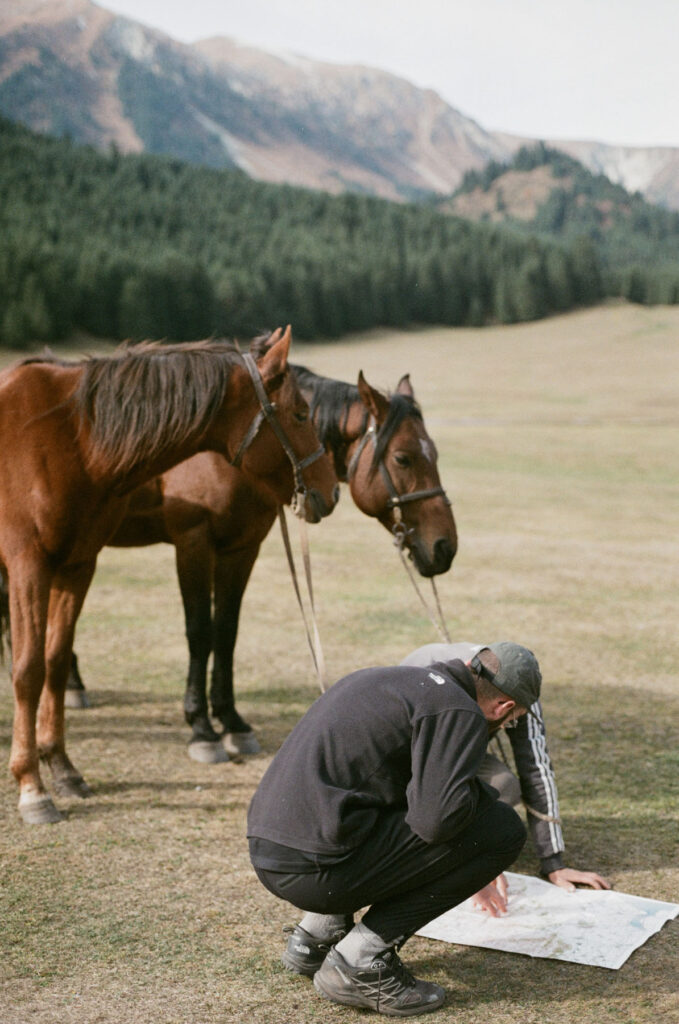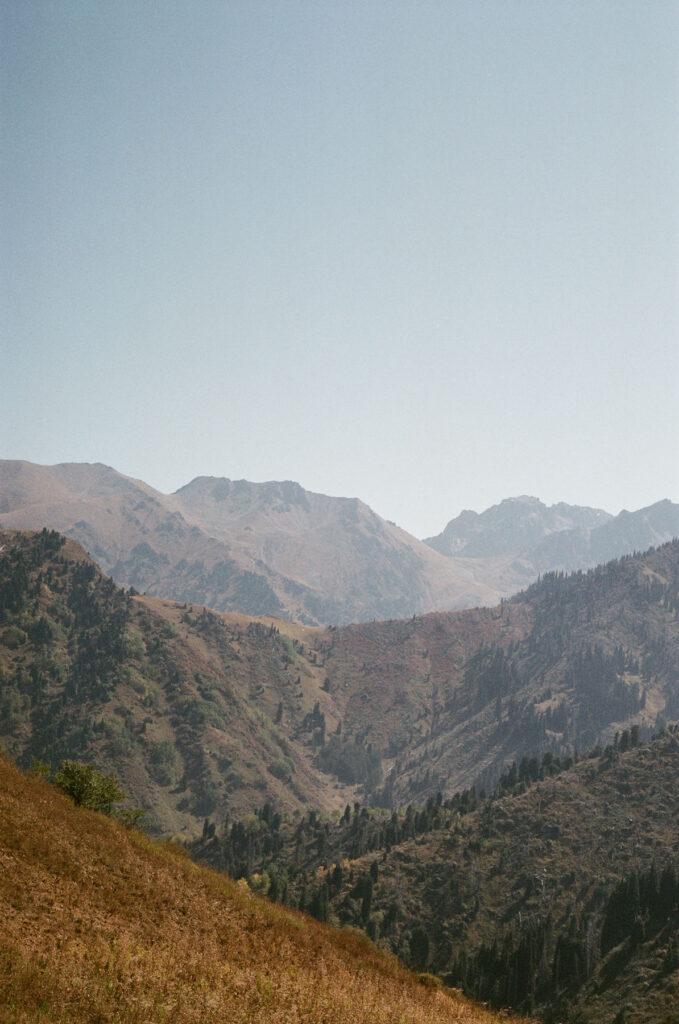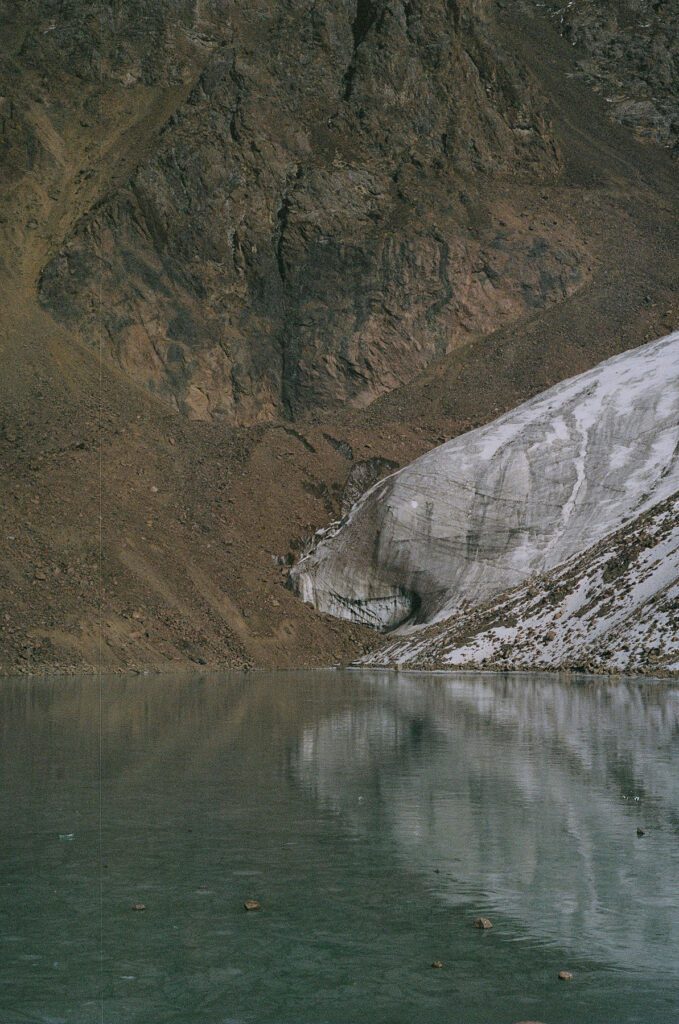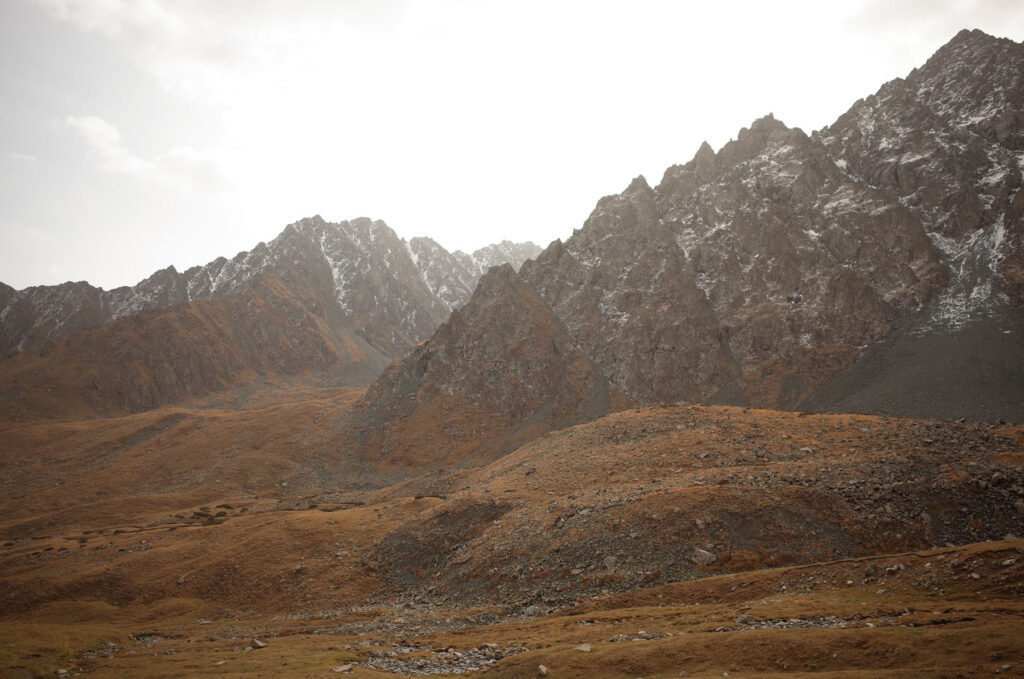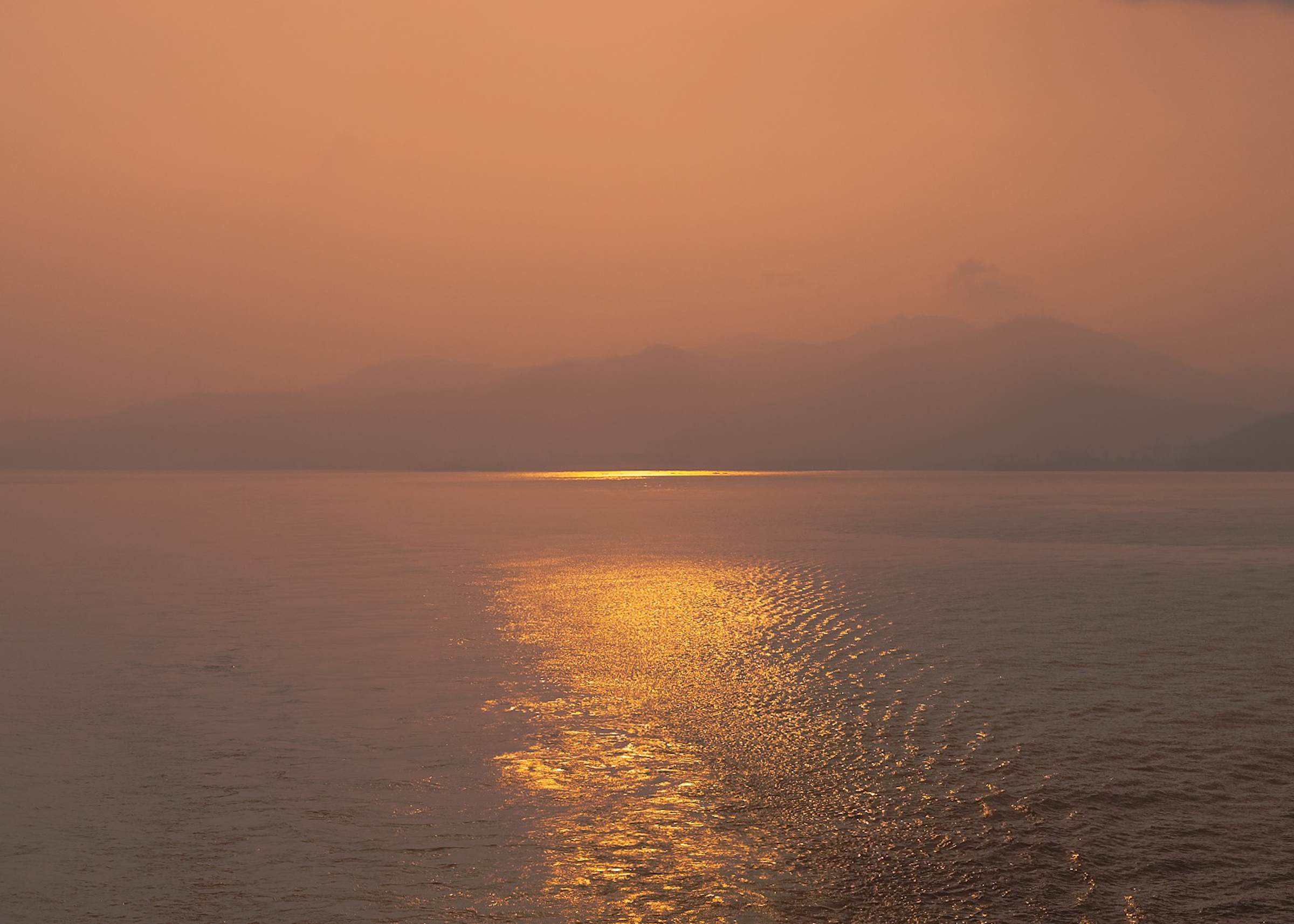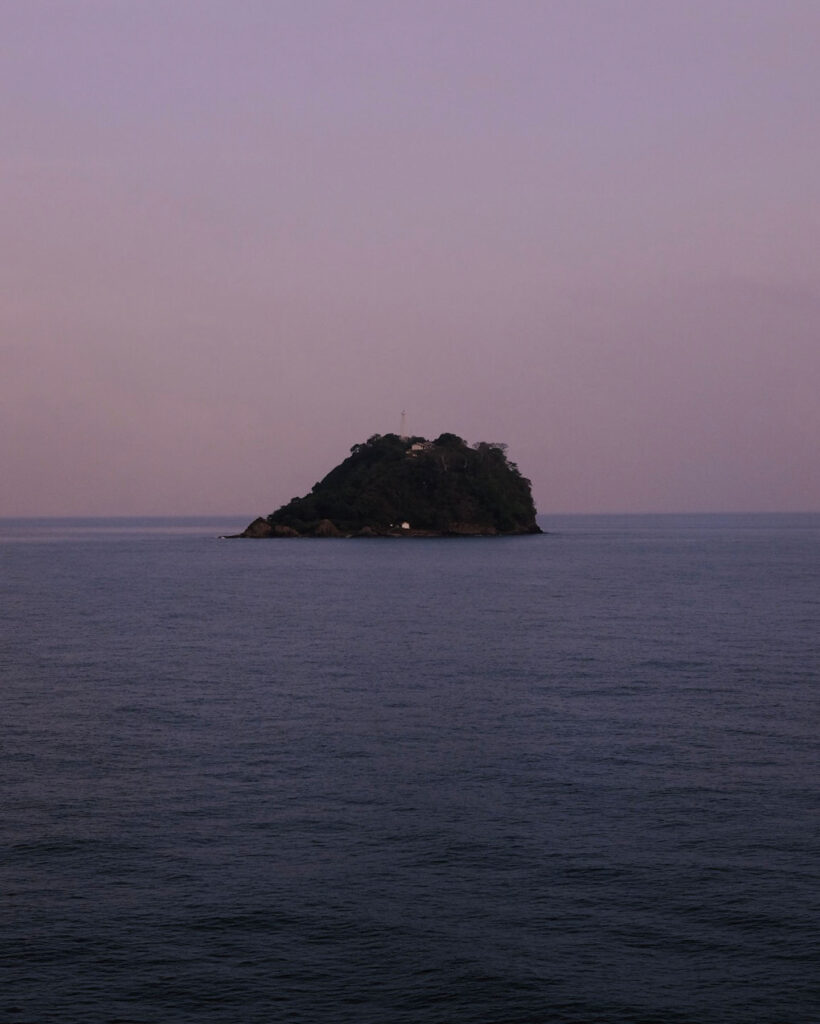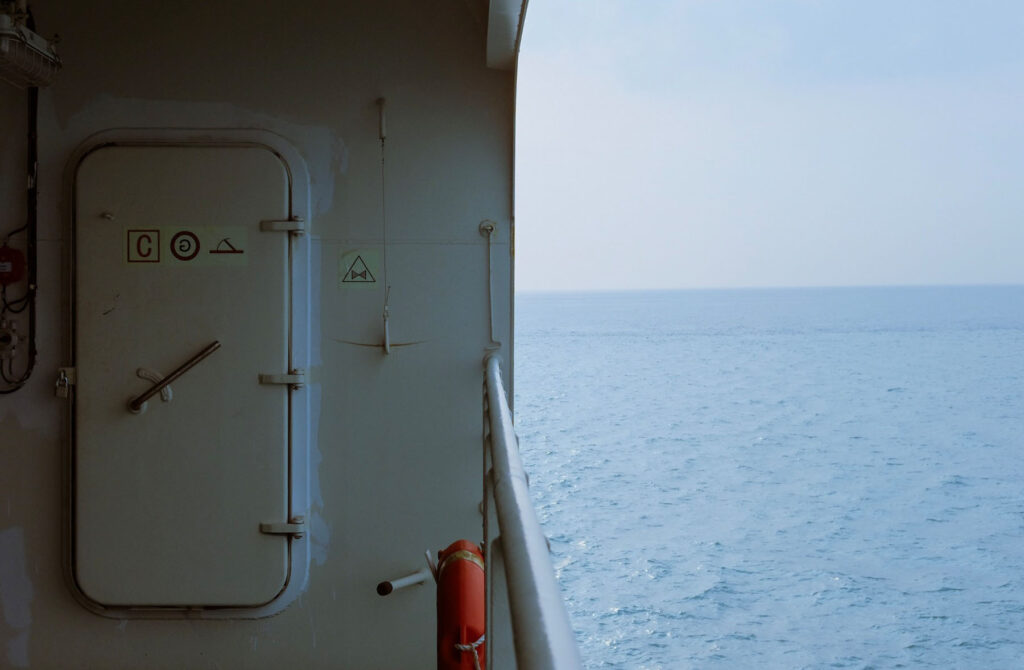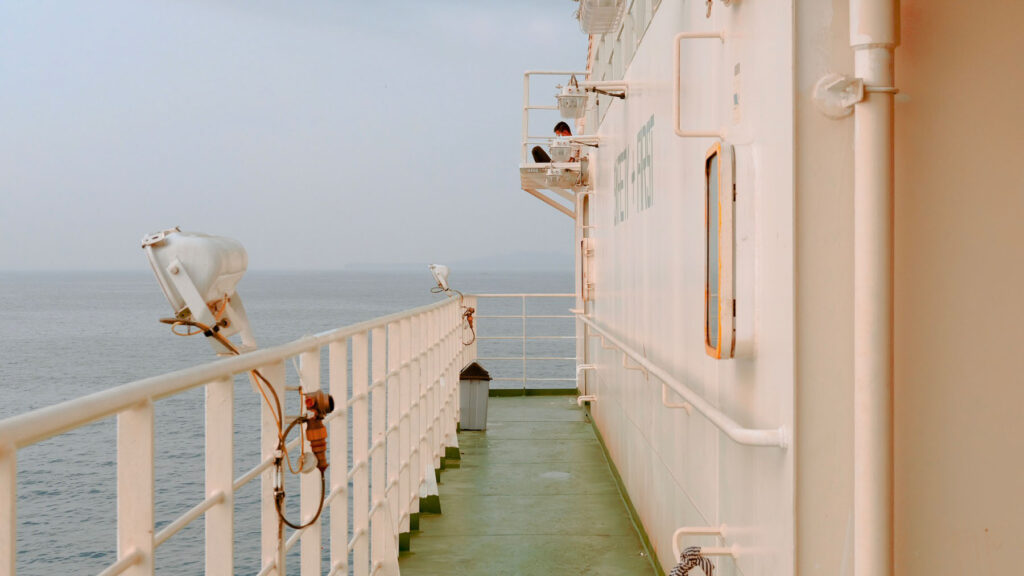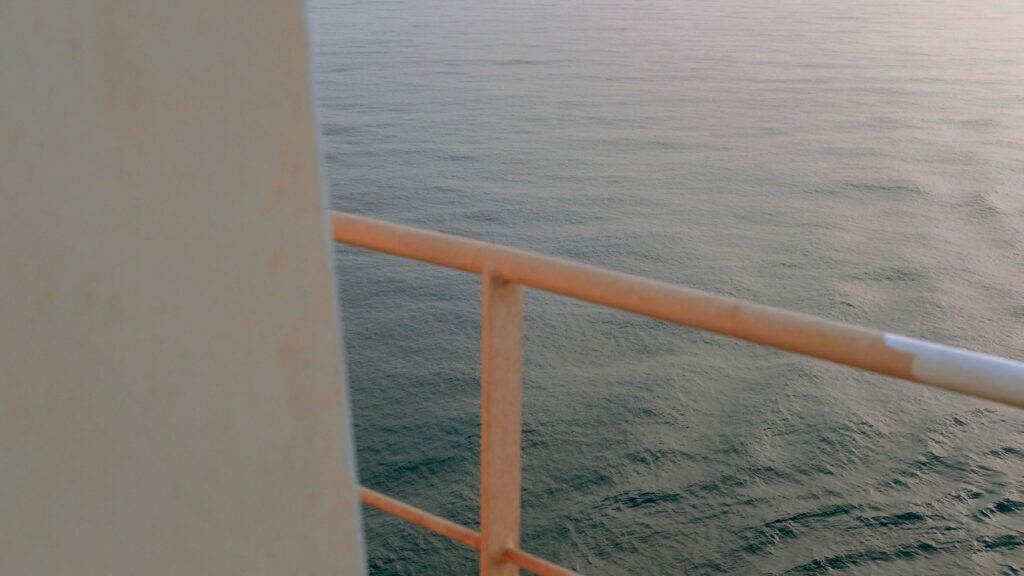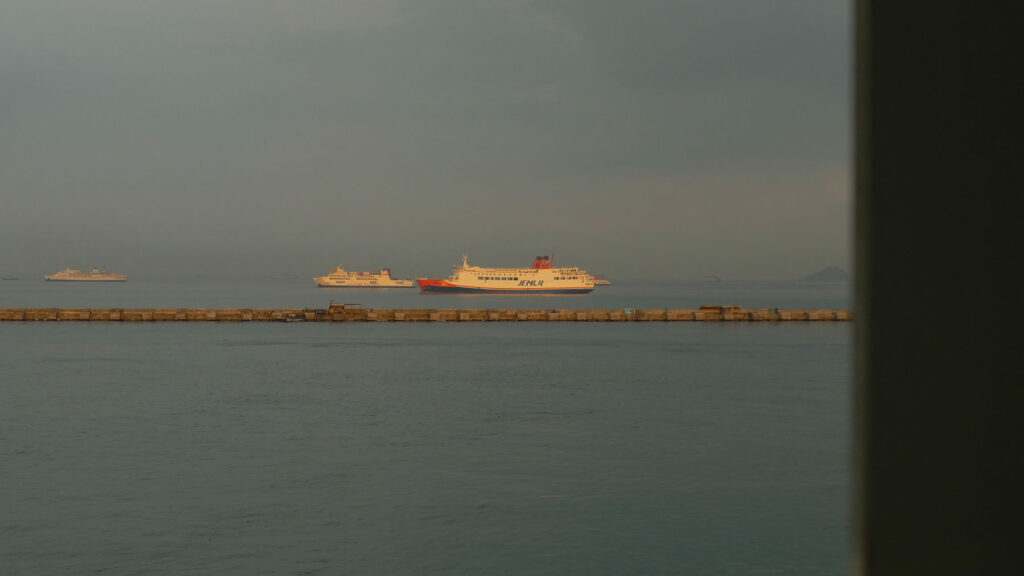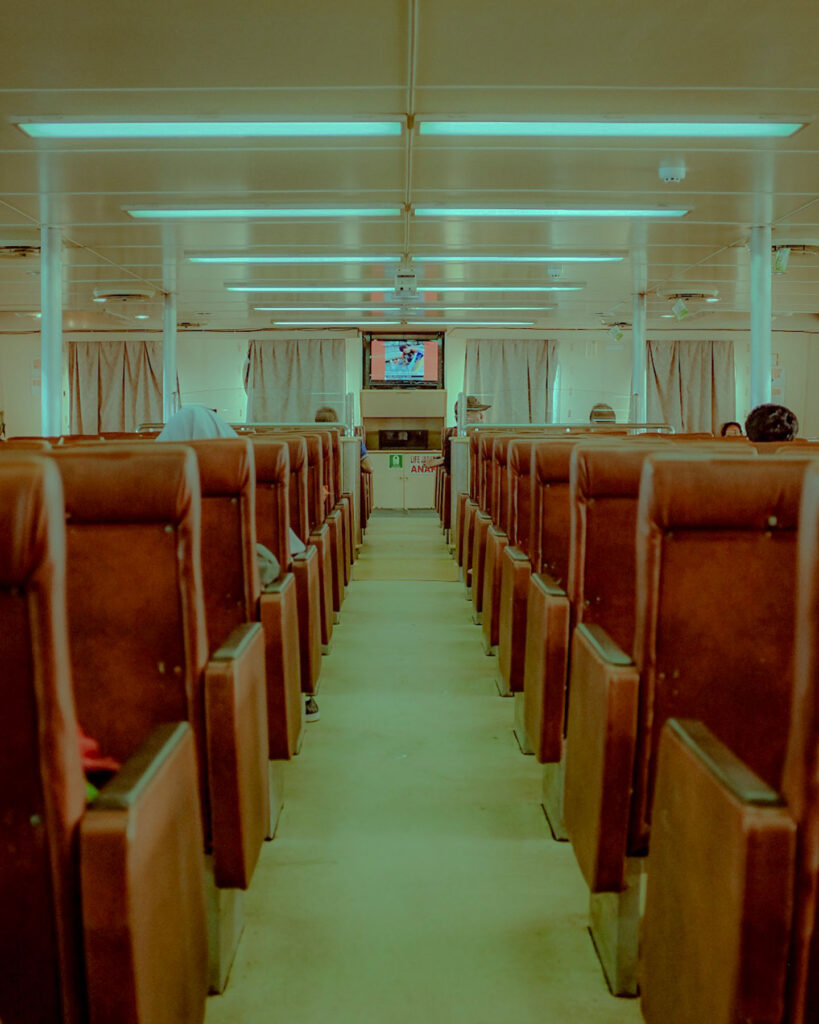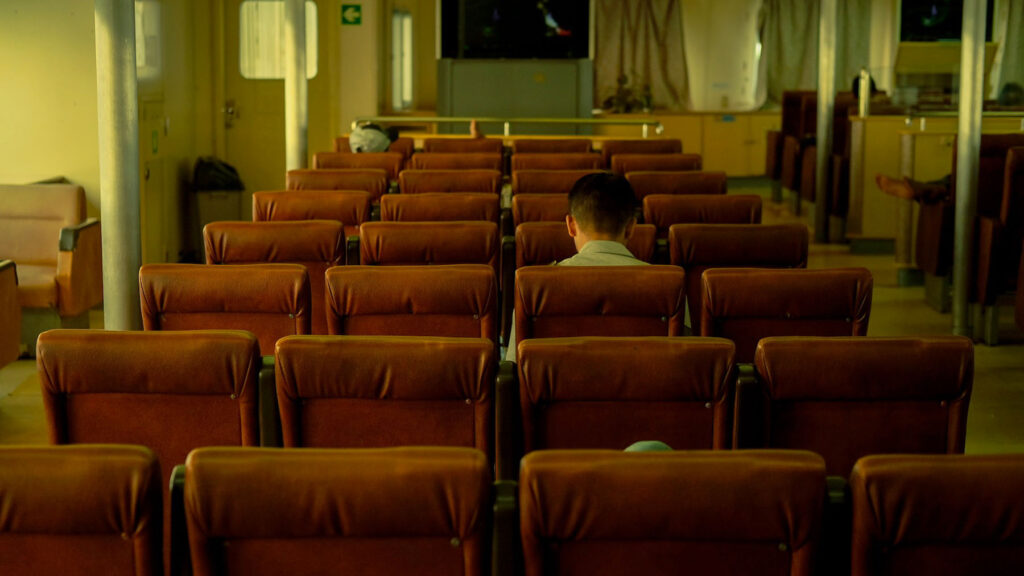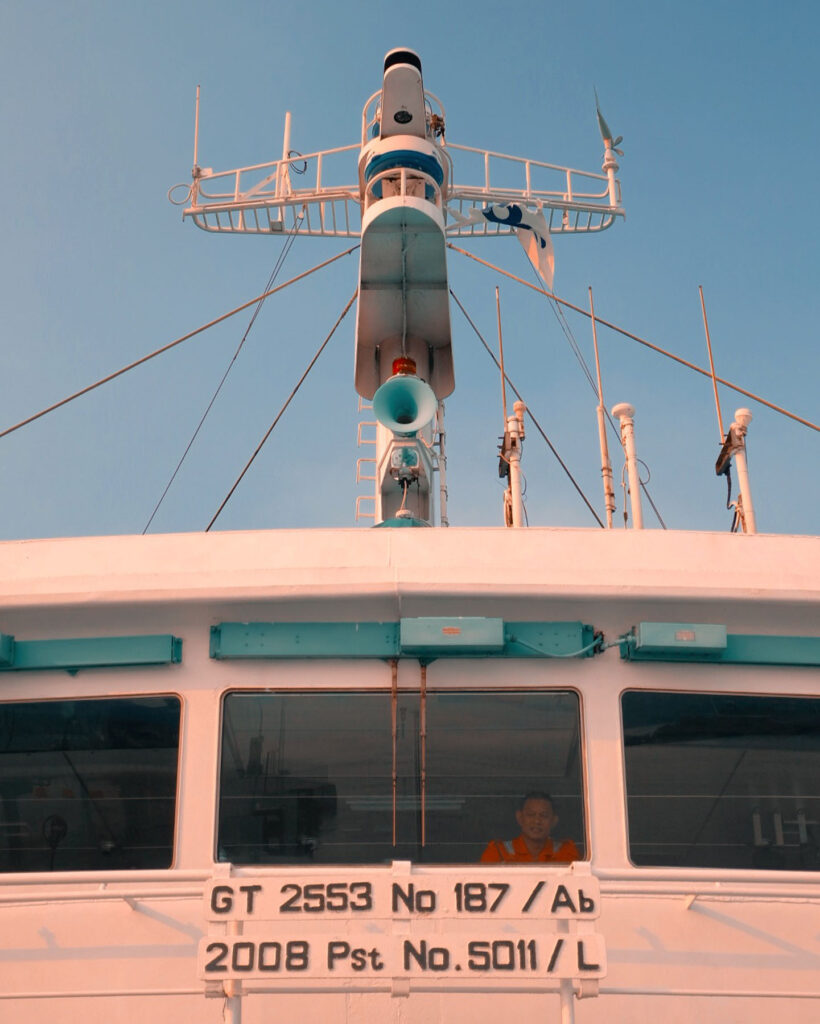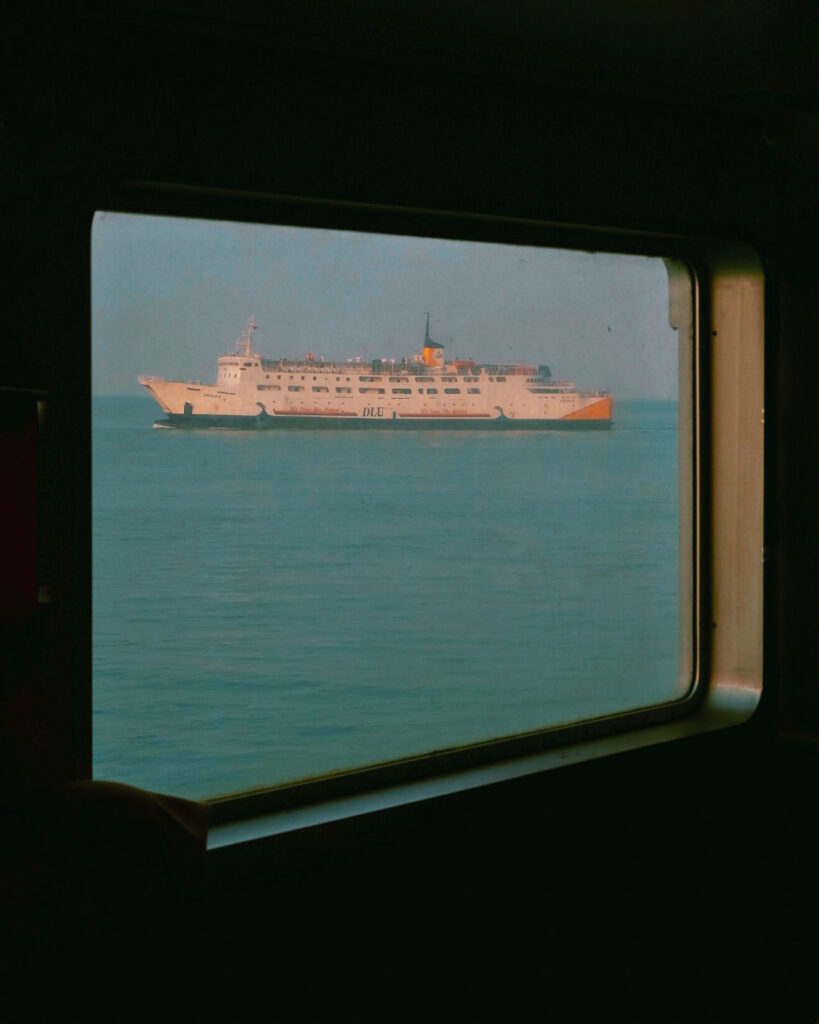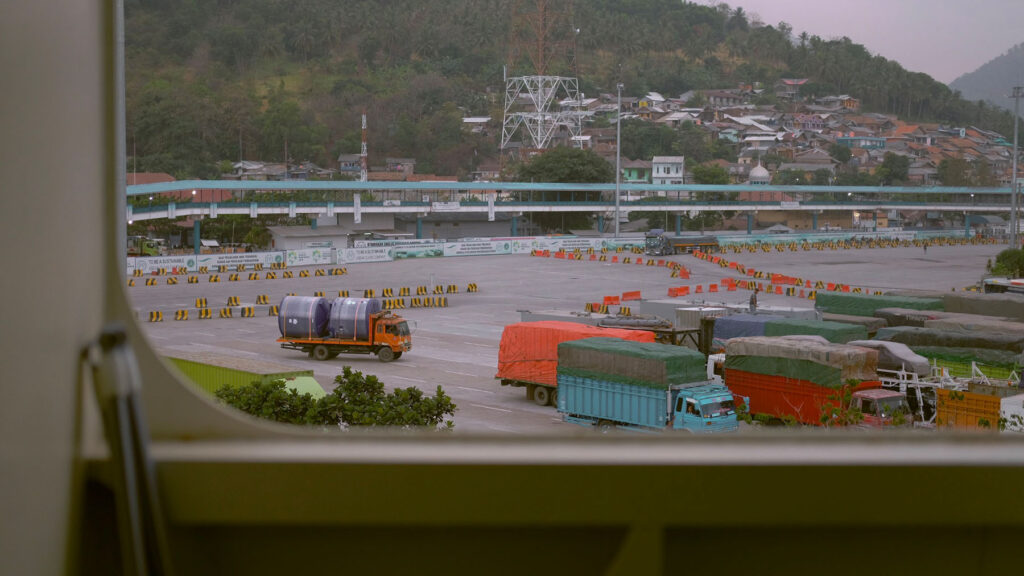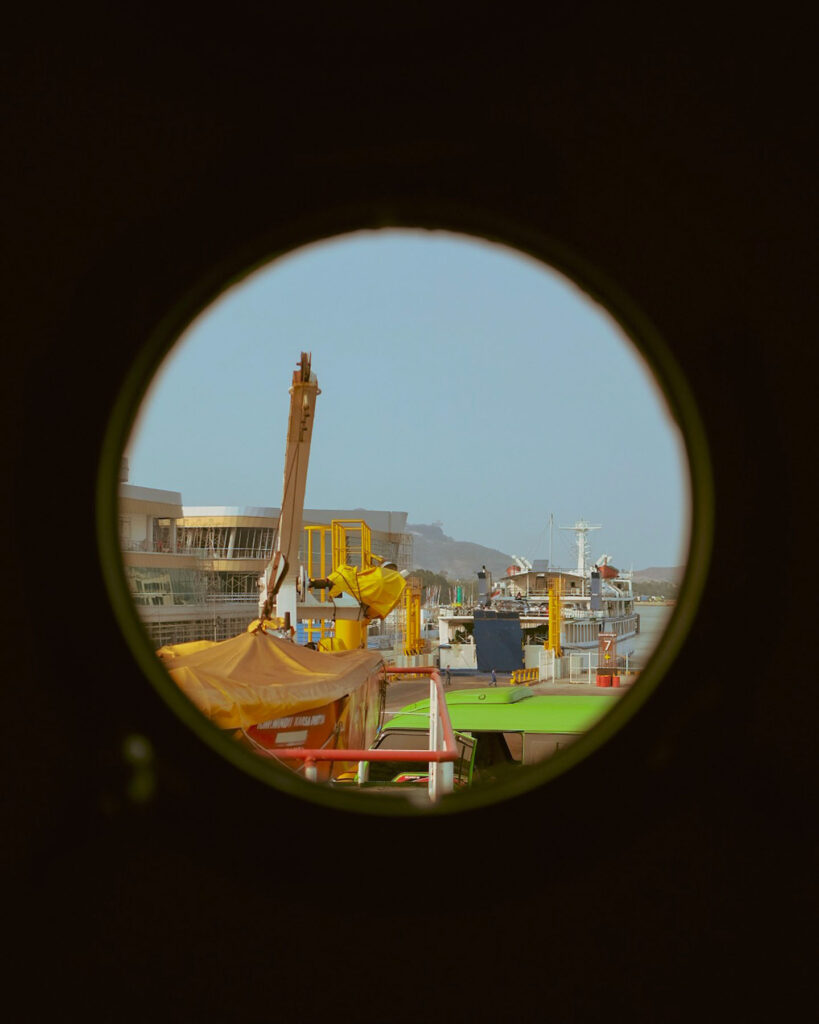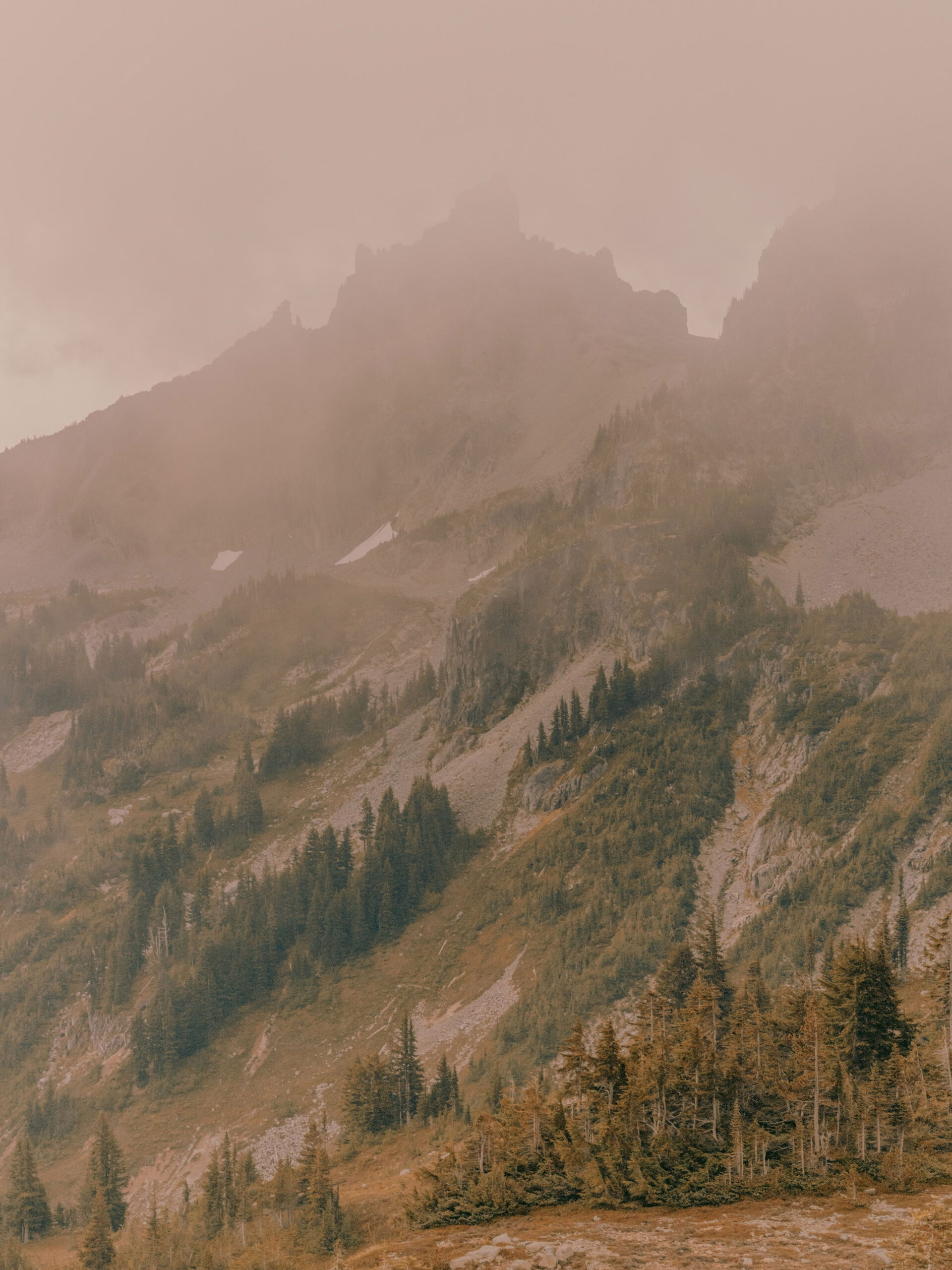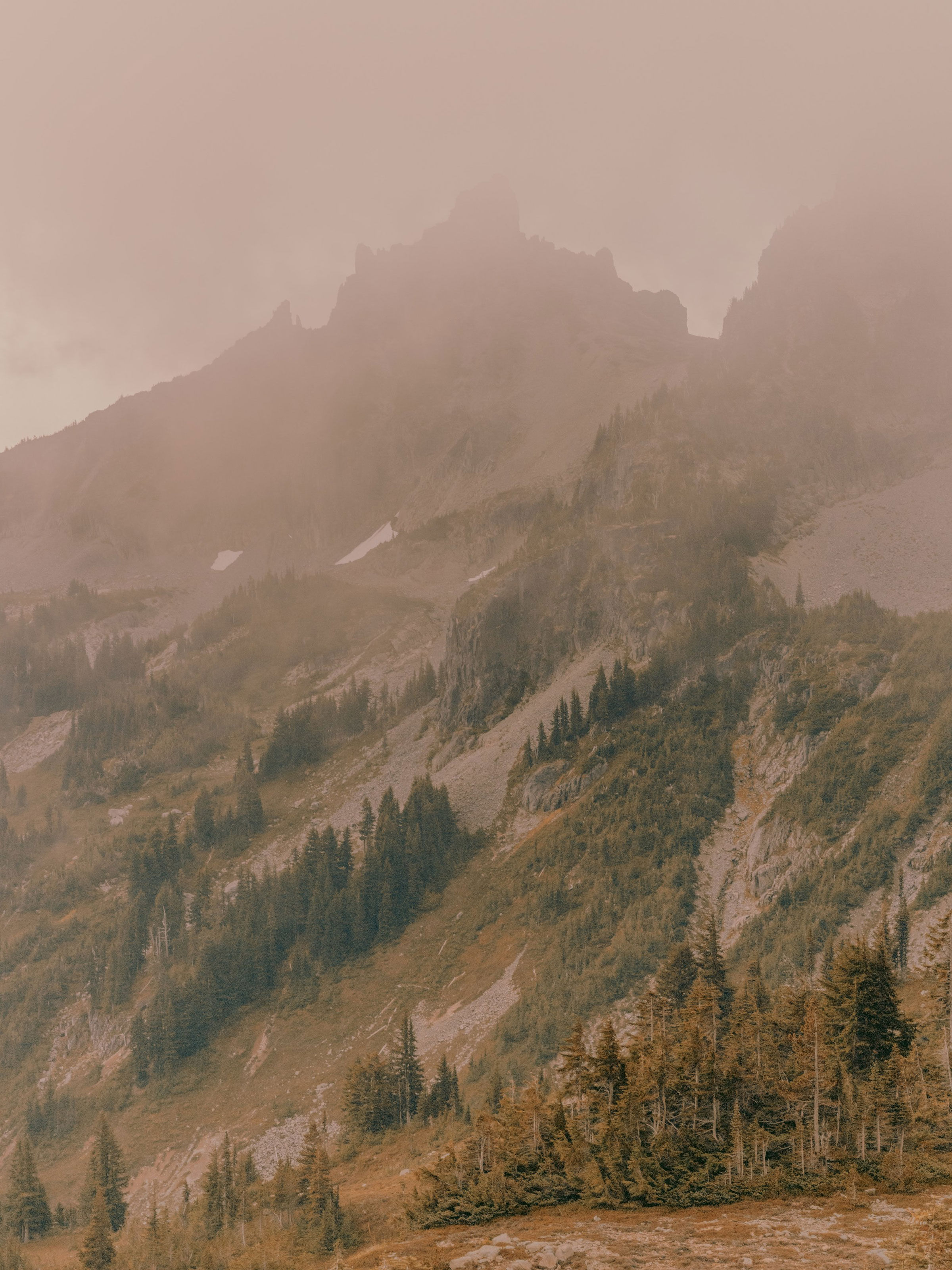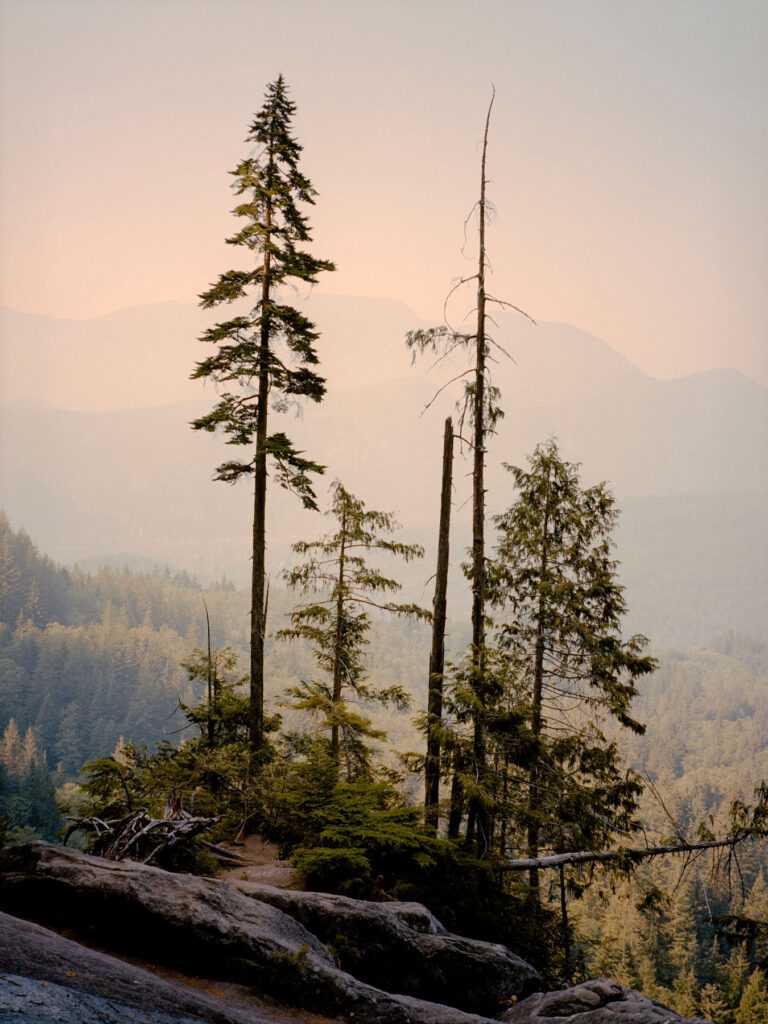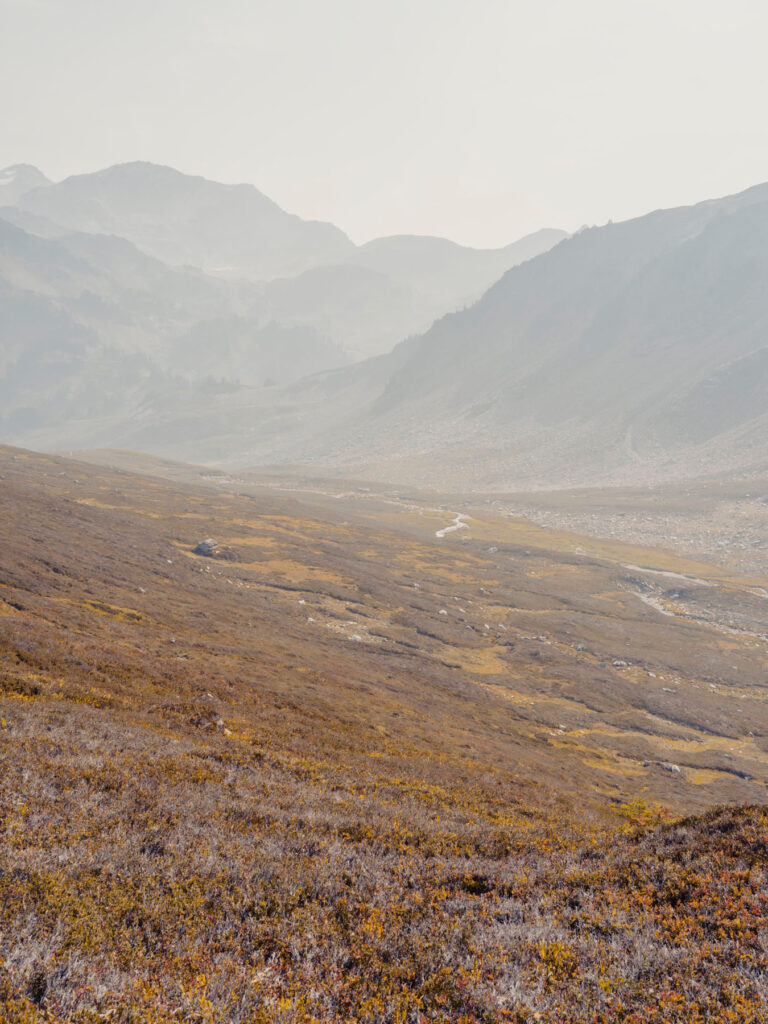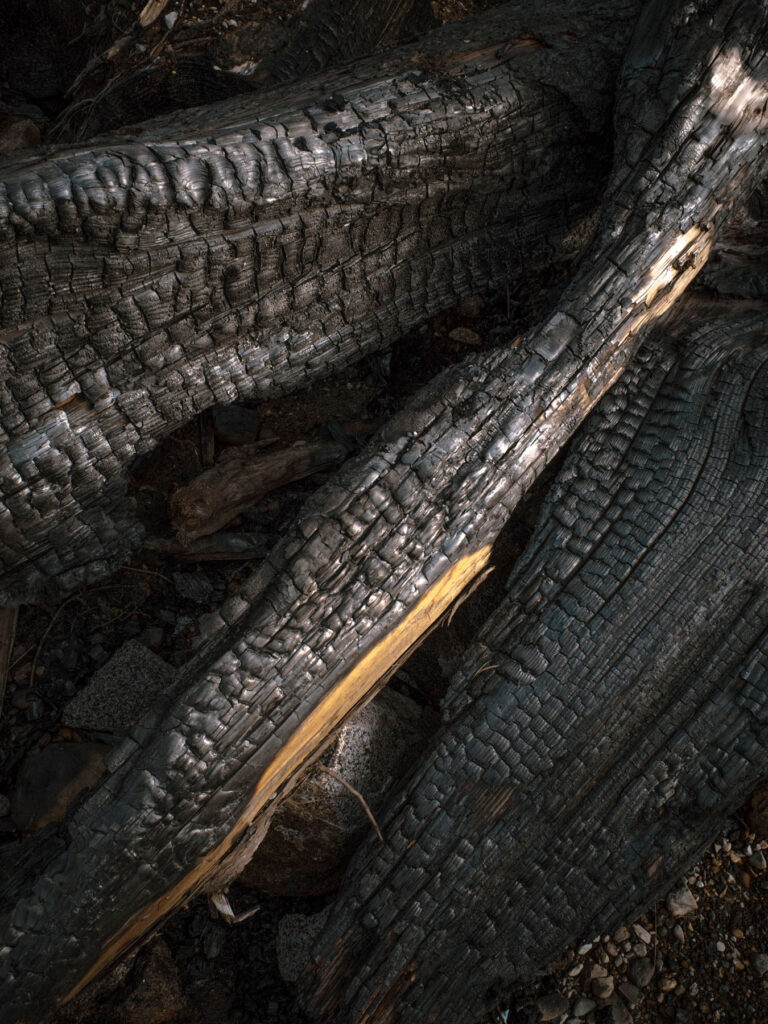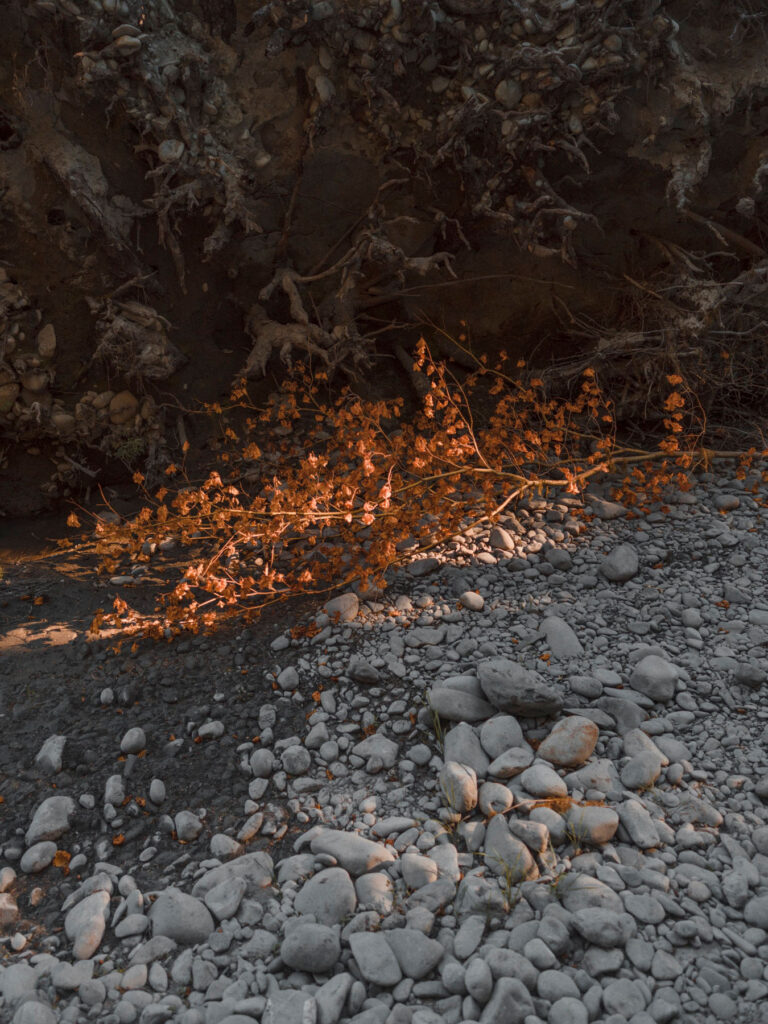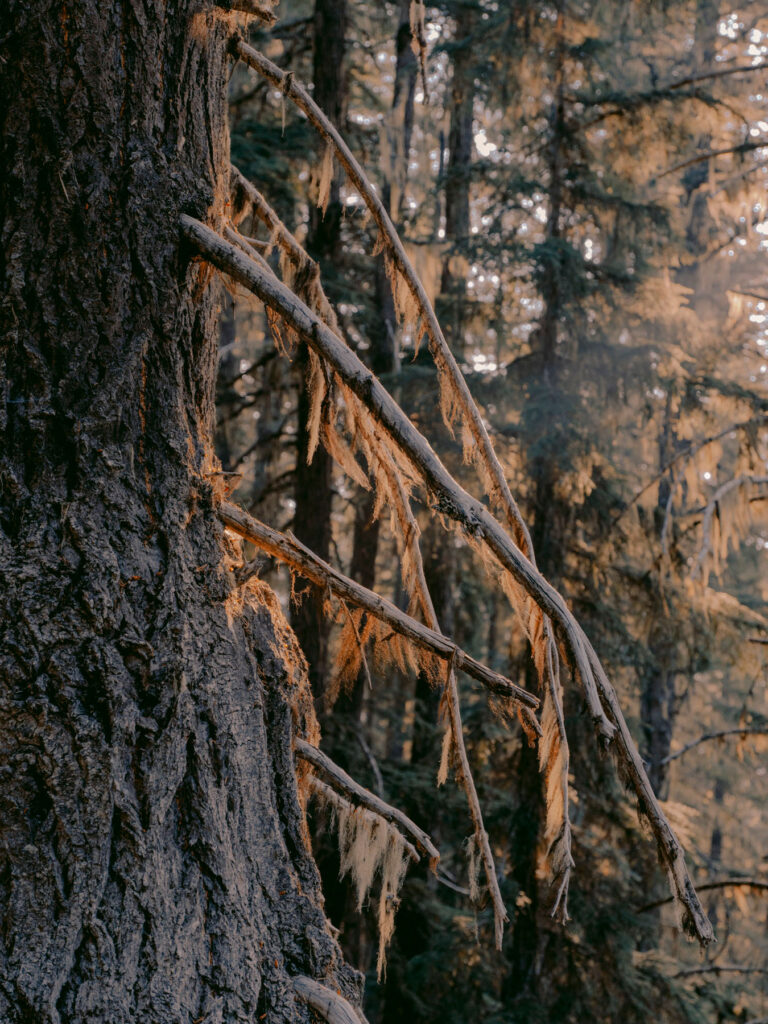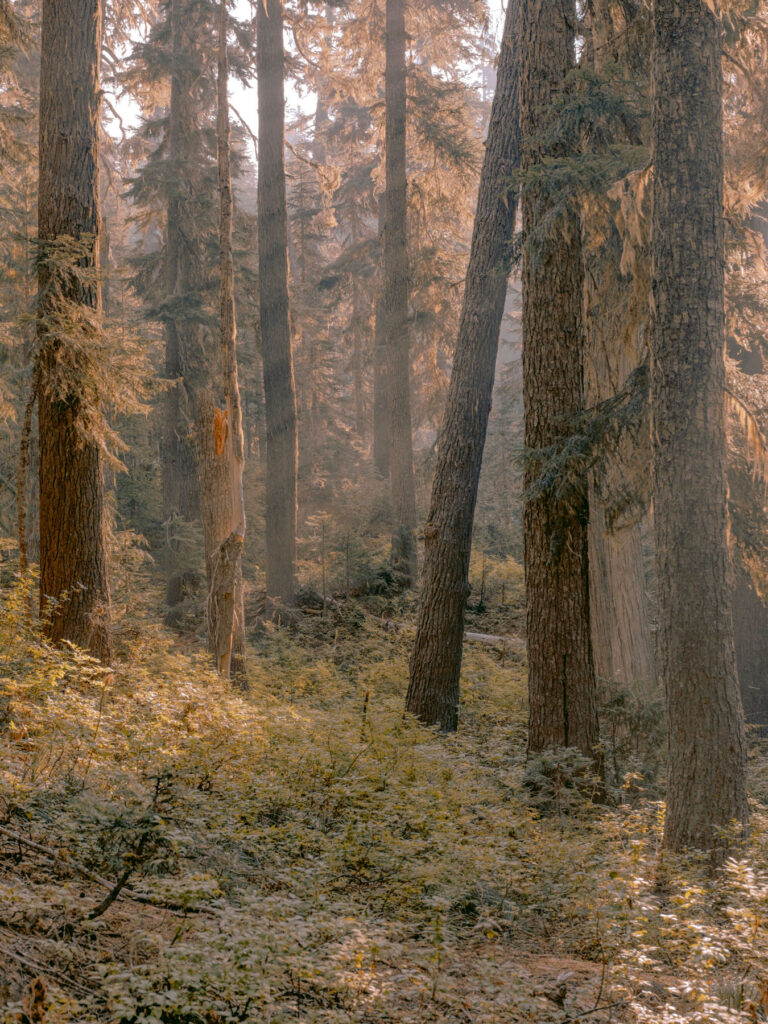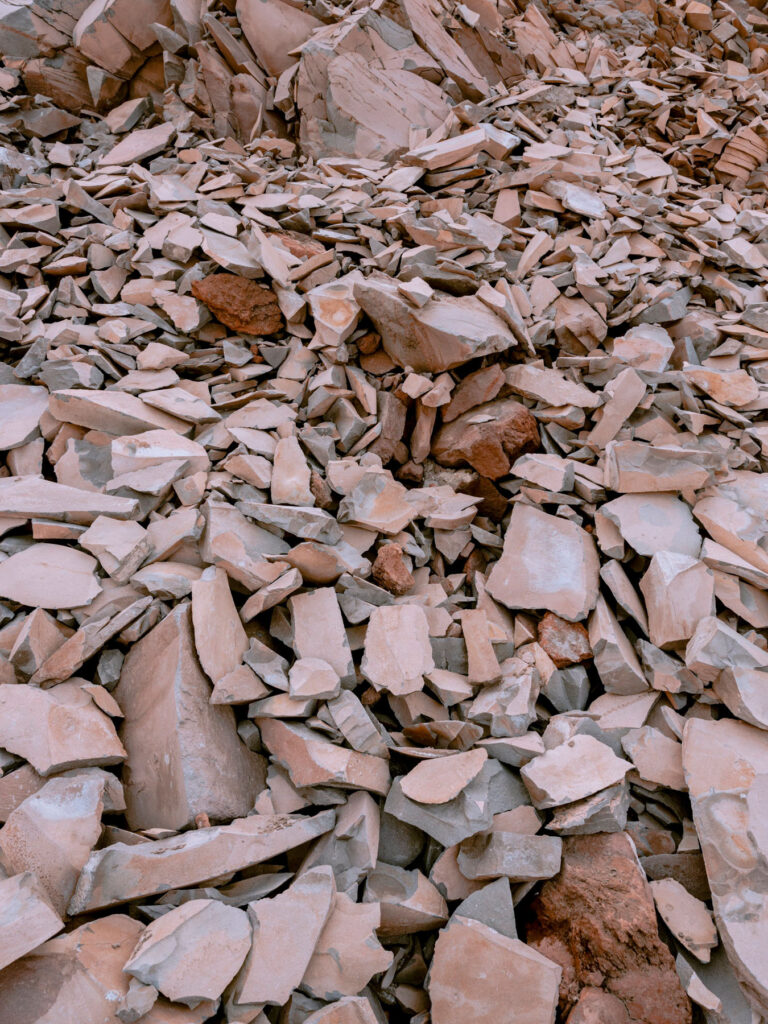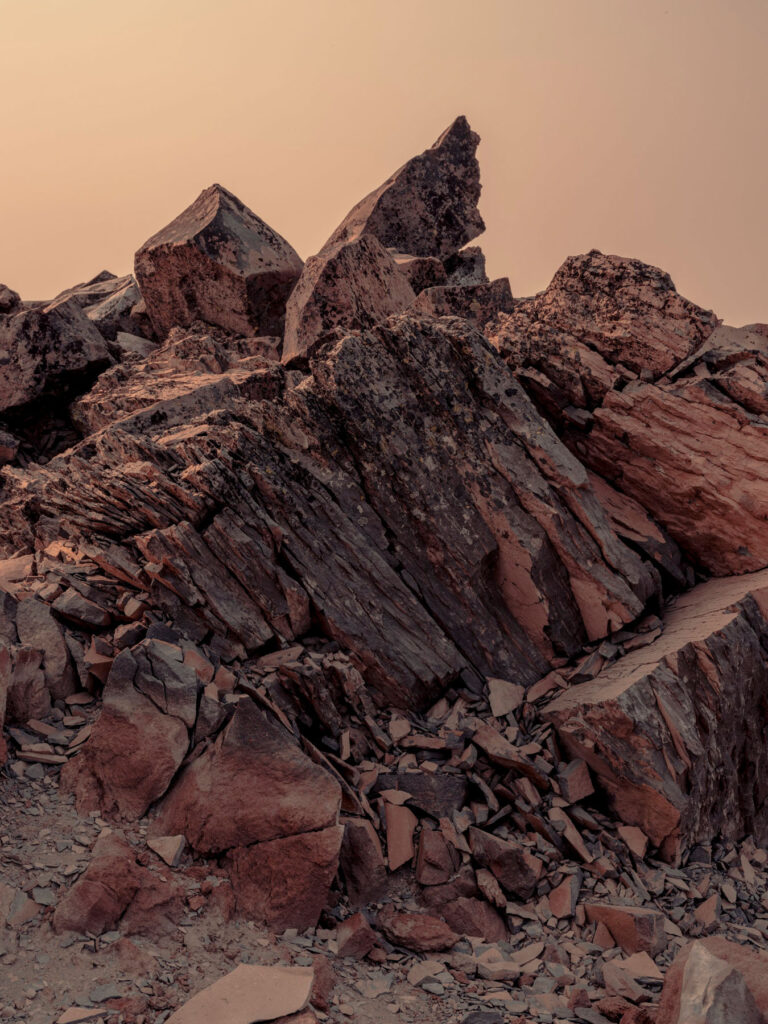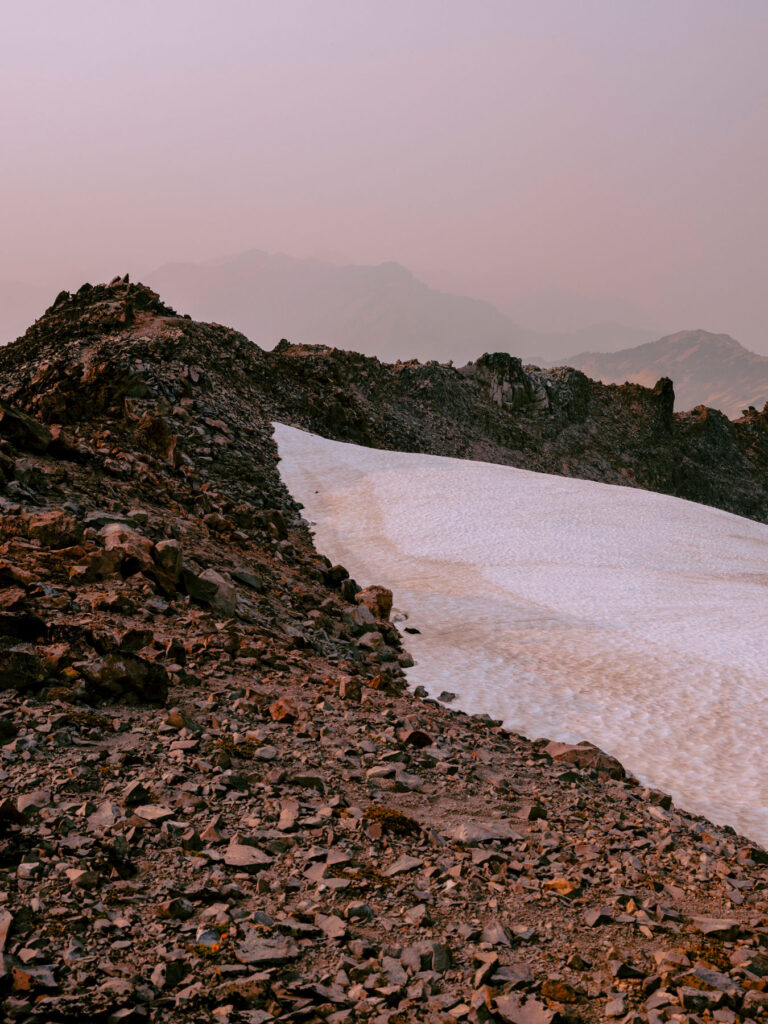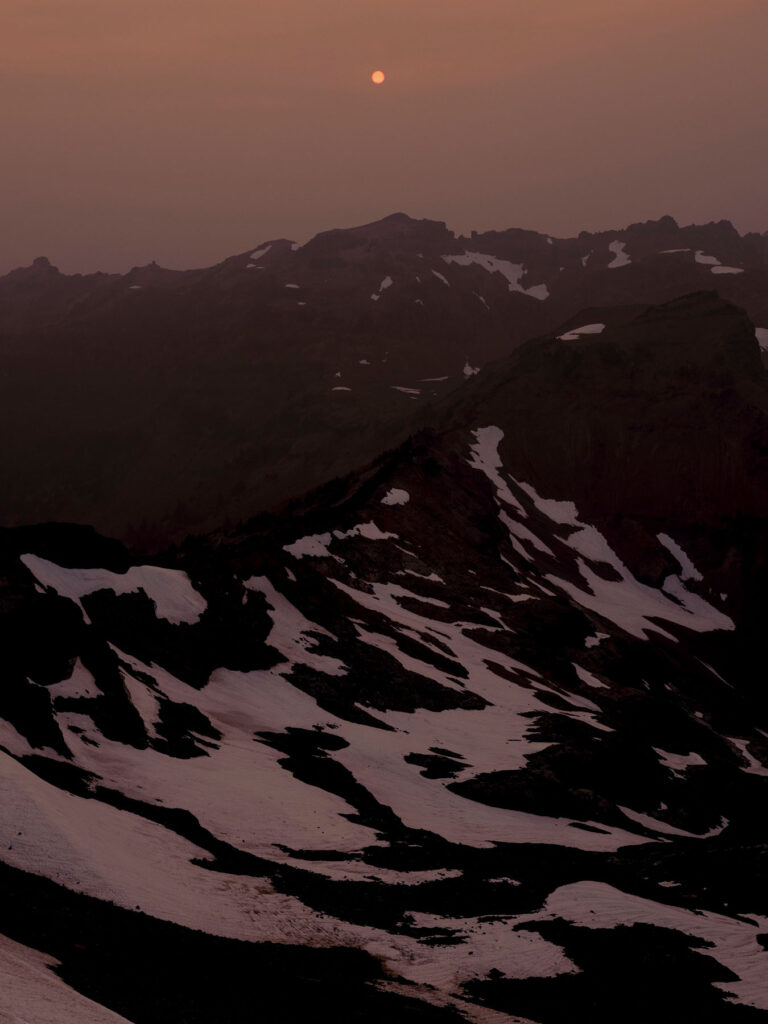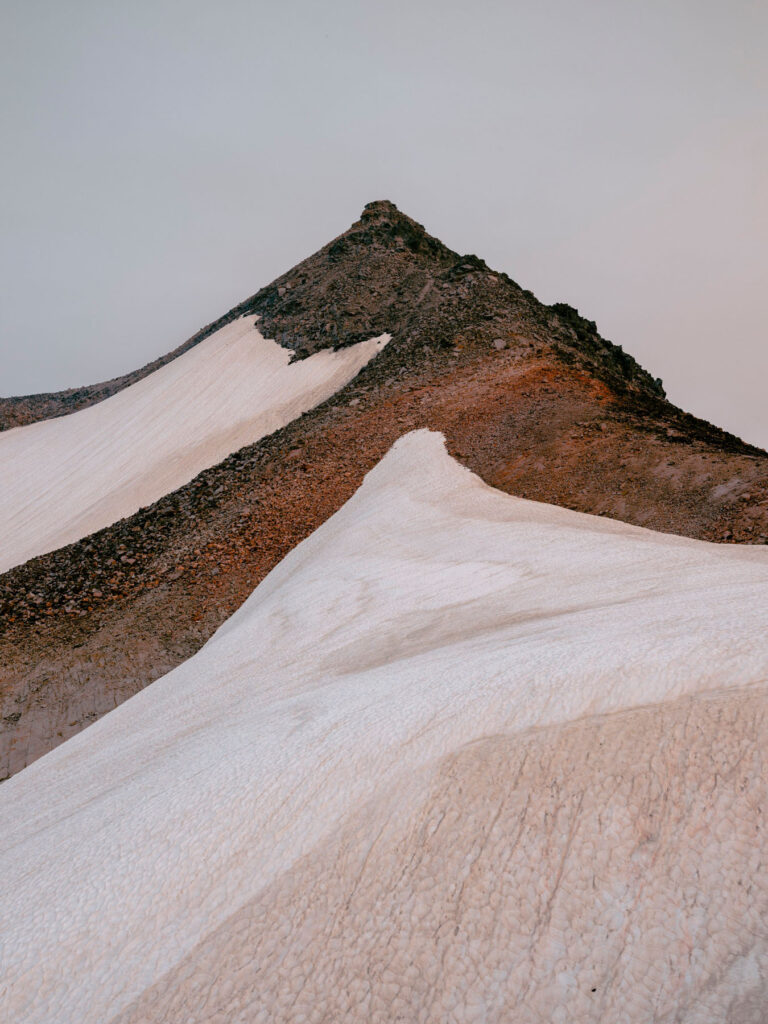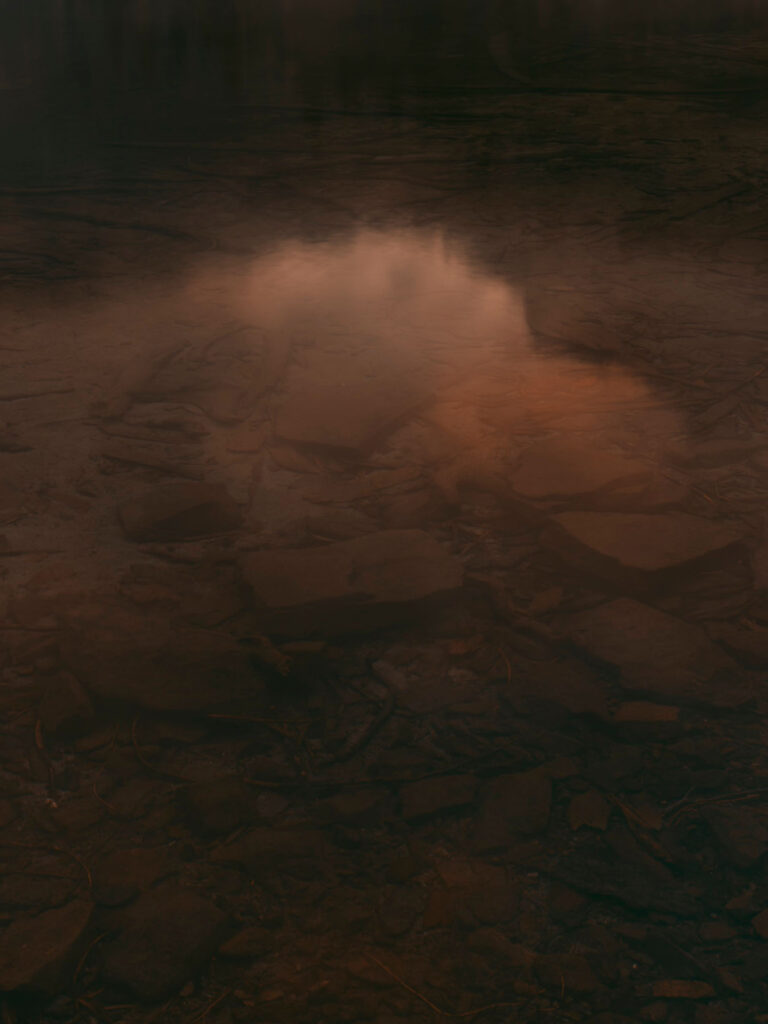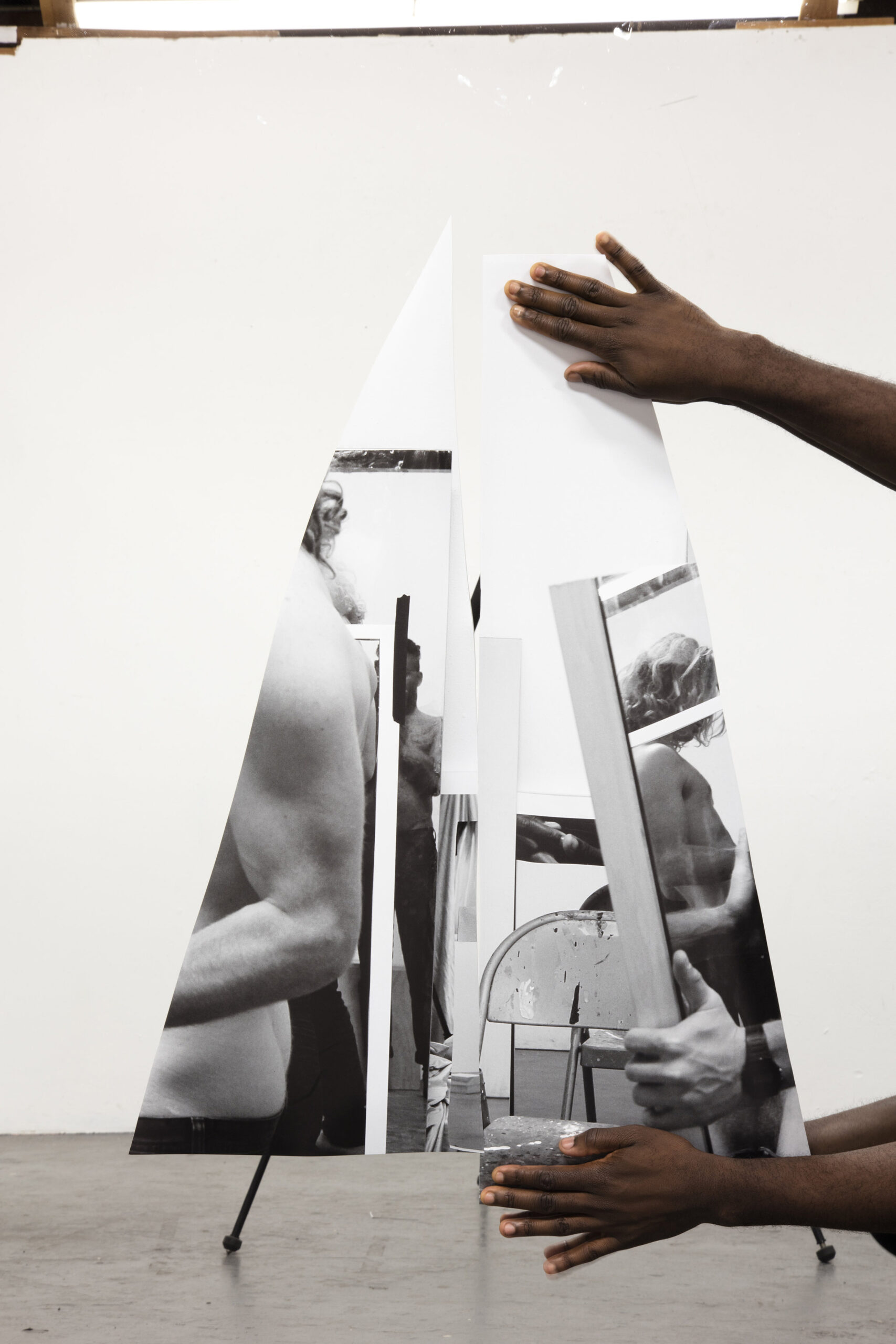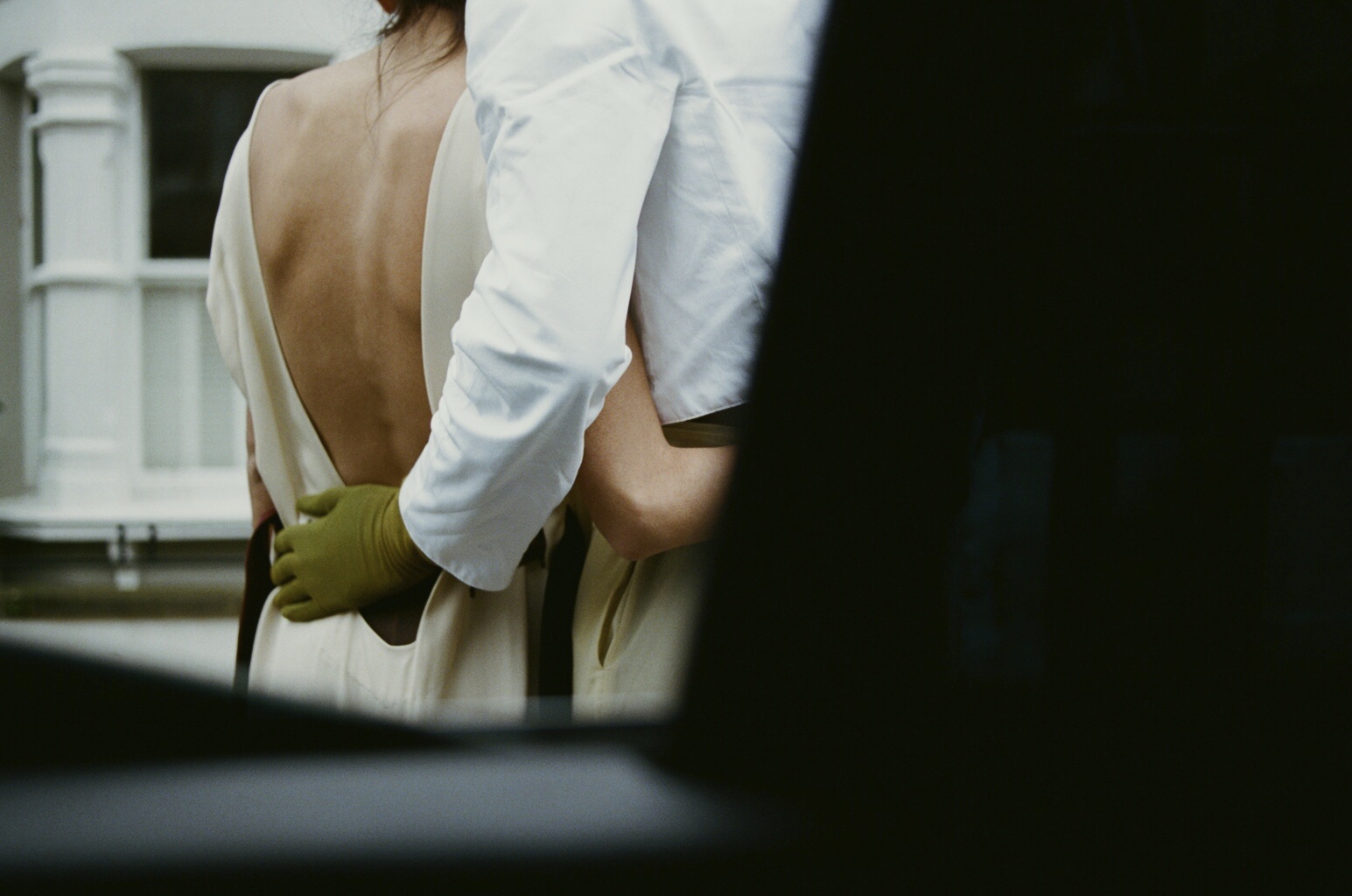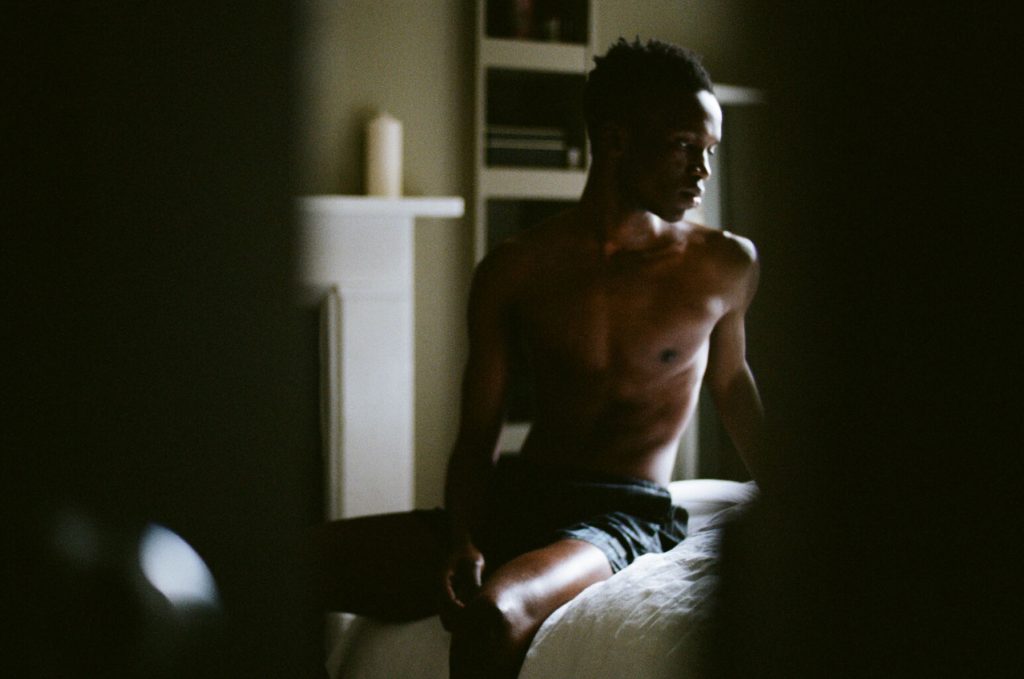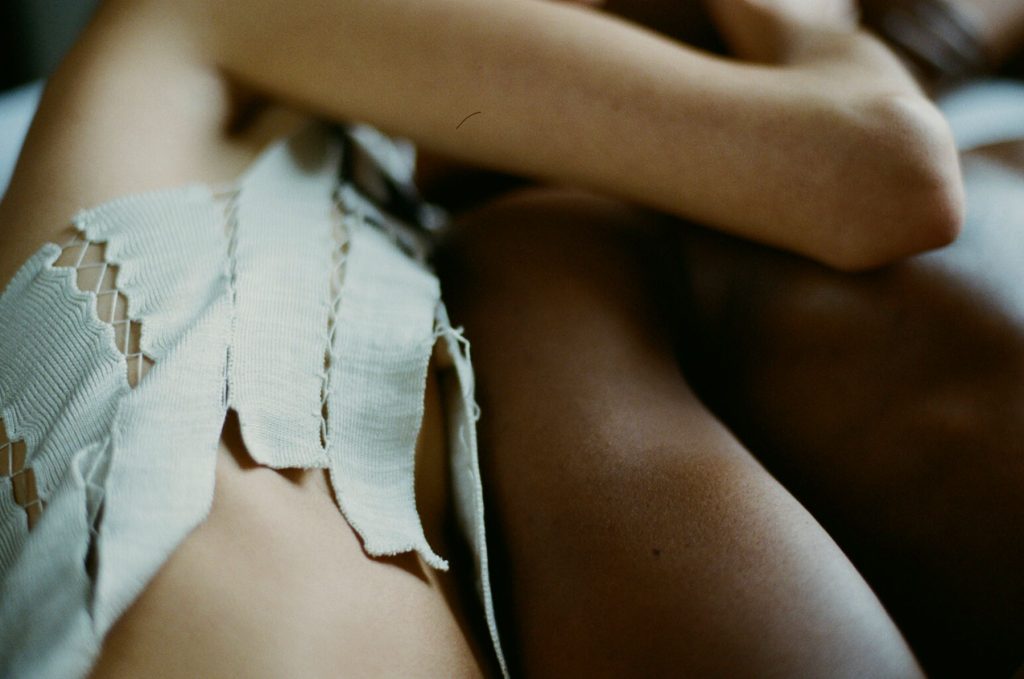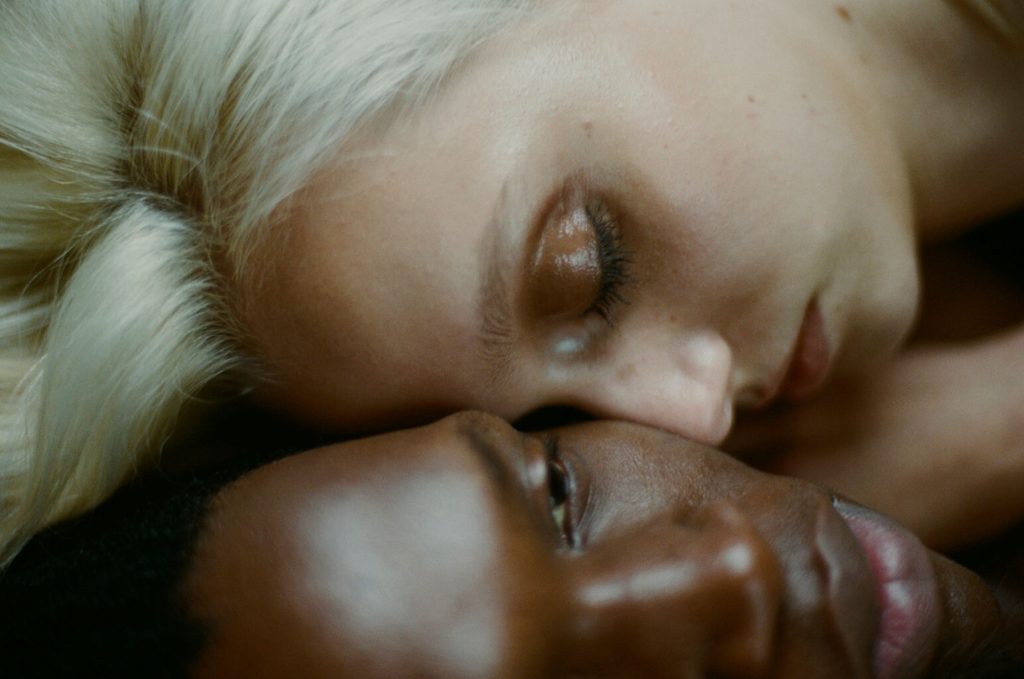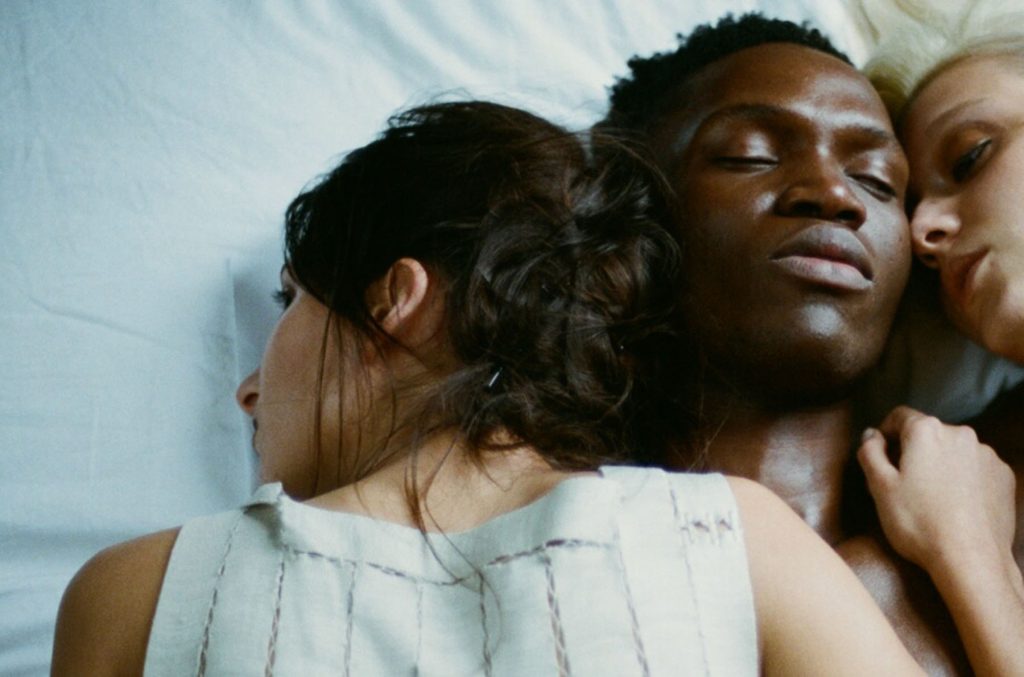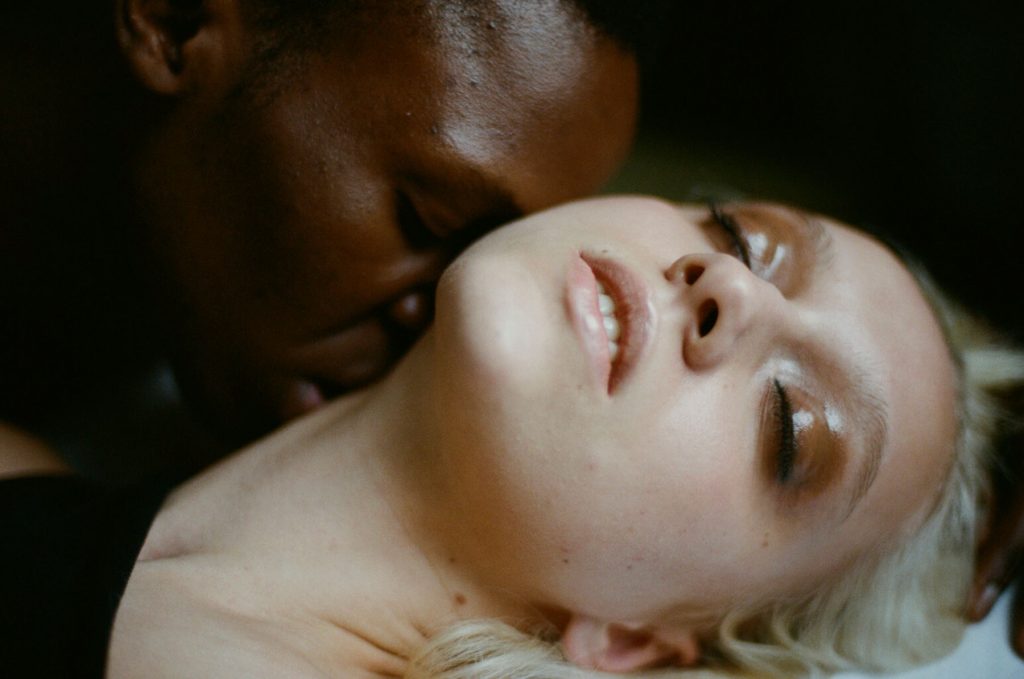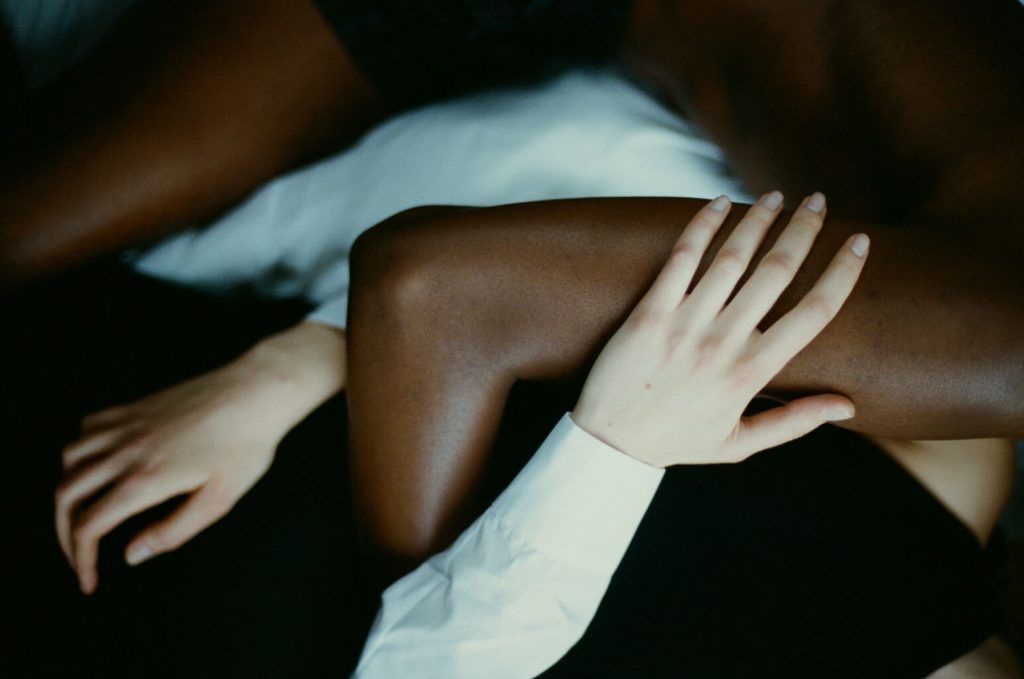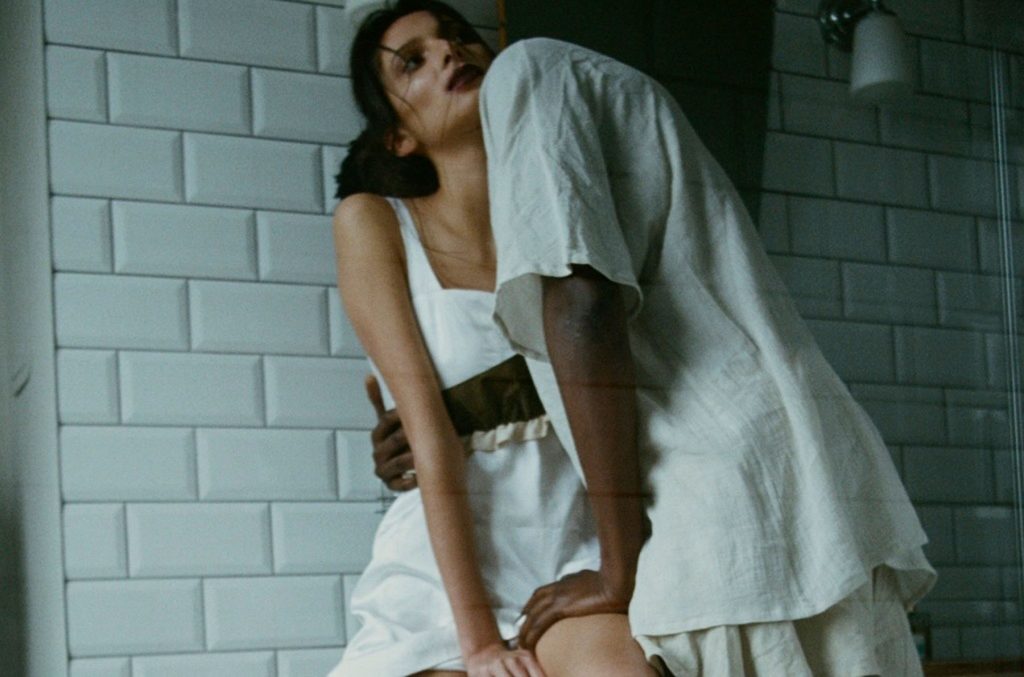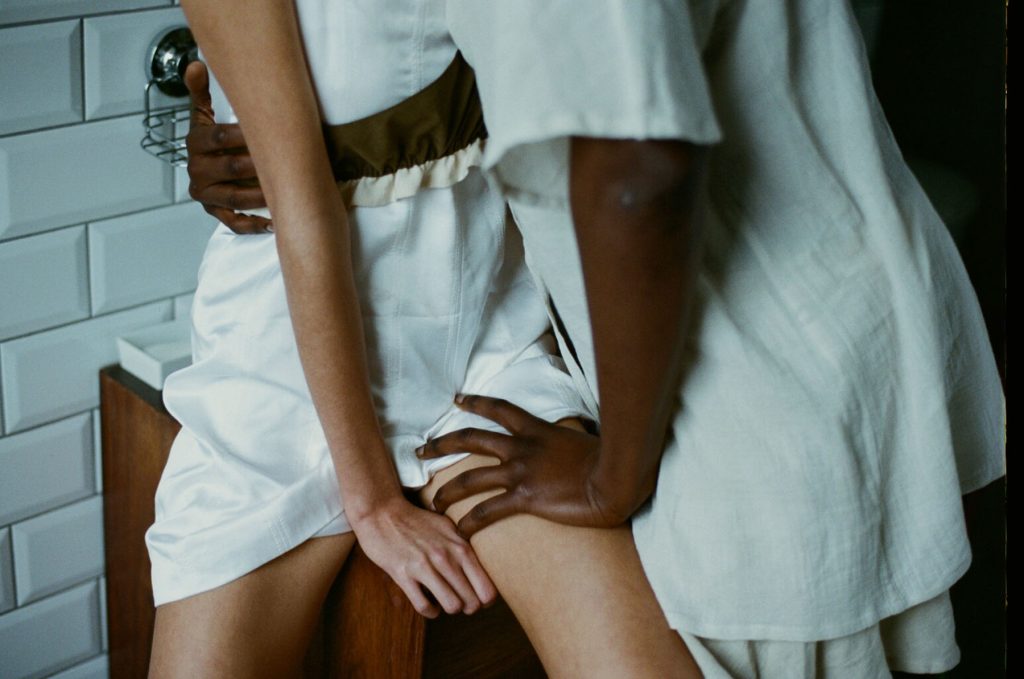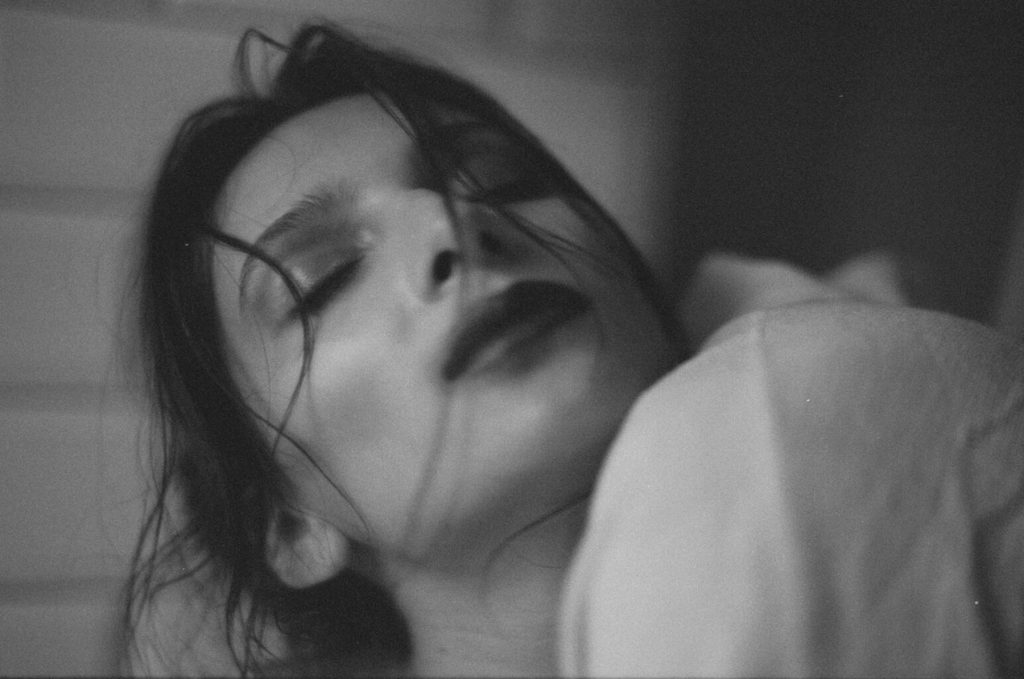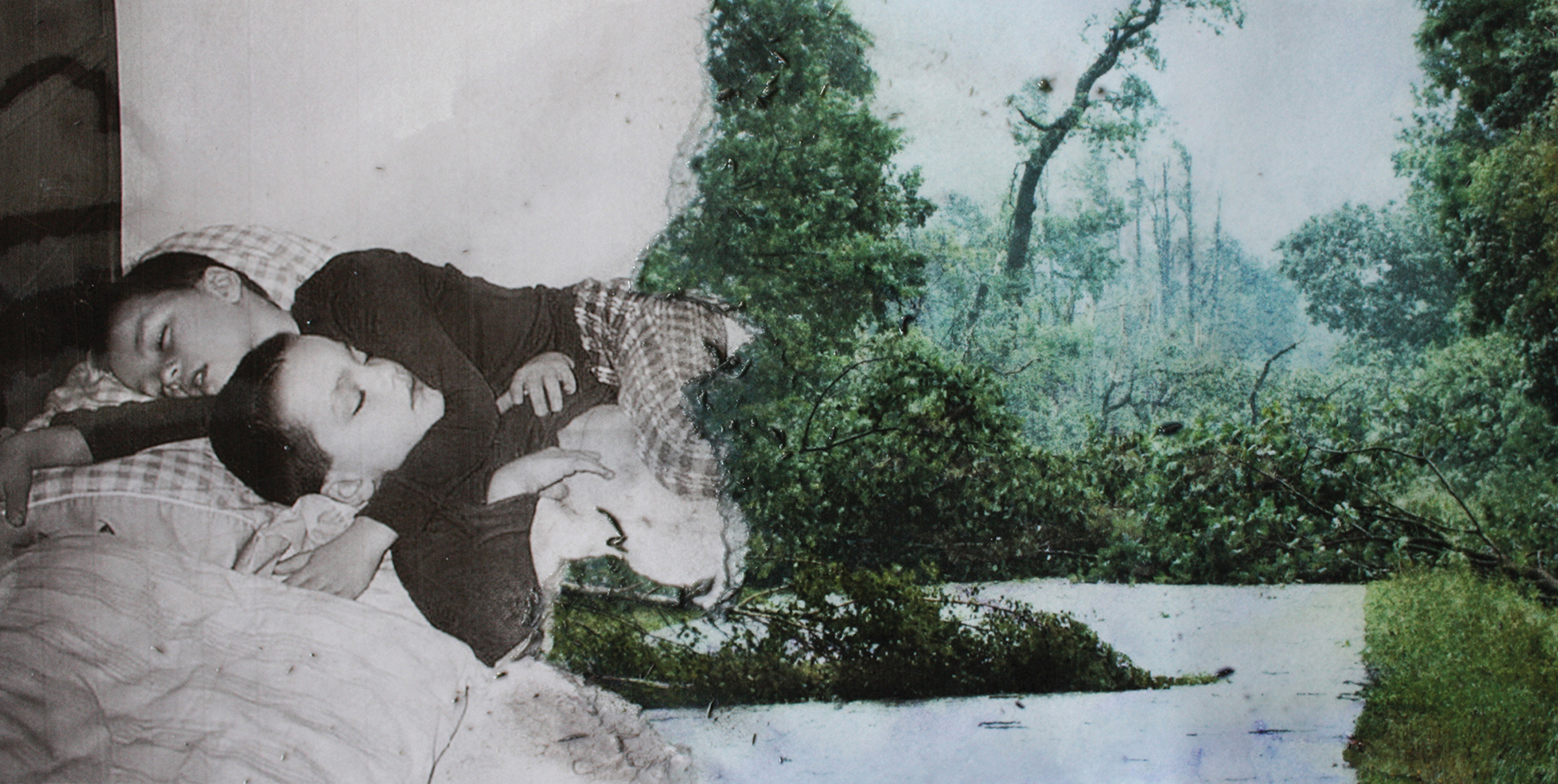NR: What is the appeal of digital photography for you?
PMS: It’s efficiency for my process, that’s it. I am strongly against the digital manipulation of my pictures, or creating/assembling pictures through digital collage, etc. The material that is arranged, cut, and affixed on the surface of the mirrors comes from the in-process materials in my studio. So to be able to photograph, print and re-photograph within a single space is important to me. It’s a method that began during my residency at the Center for Photography at Woodstock in 2010, and I have used in various forms since then.
NR: If taking a photograph can capture a specific moment in time, how does your practise (from taking a photograph to reworking and collaging it) relate to notions of time and memory?
PMS: I am less interested in moments in time (which I associate with the outside world) than with the “collage of compressed time” – or something to the effect that Brian O’Doherty speaks of in Studio and Cube: On The Relationship Between Where Art is Made and Where Art is Displayed. He describes studio time as placing all material in the present, within the reach of revision and remaking by the artist’s hand. That is how I associate the process of portrait-making with the real-world relationships that make that production possible.
NR: Can the context of viewing your work as part of a wider exhibition influence the way the pieces are perceived? And add to their development as ‘works in progress’?
PMS: Yes, indeed. All of my work is made toward the consideration of a grammar and visual rhythm, whether it’s content, formal elements or scale, in relation to my larger body of work.
NR: What is the allure of the physicality of photography (when it’s printed out to be used for collages, or when it’s featured in zines or books)?
PMS: Images can’t just free float. I am invested in the handling pictures, having to contend with them physically. I started by making zines and books, and with the current “collage” works,
